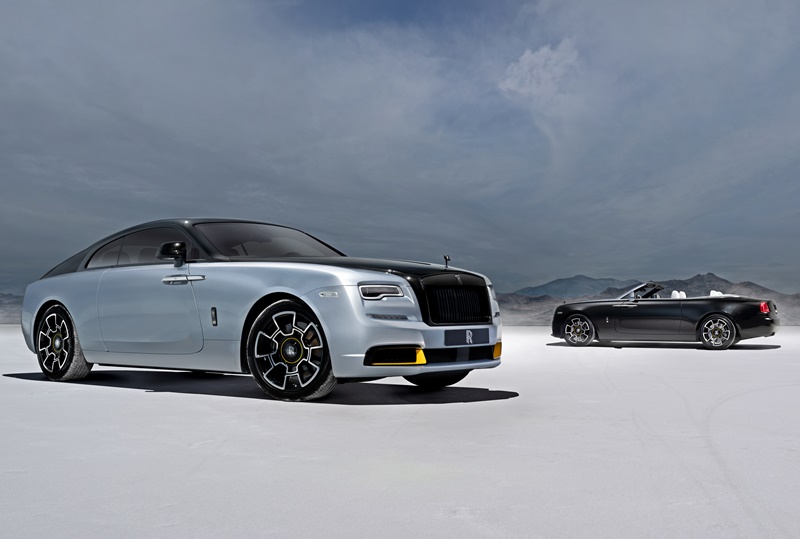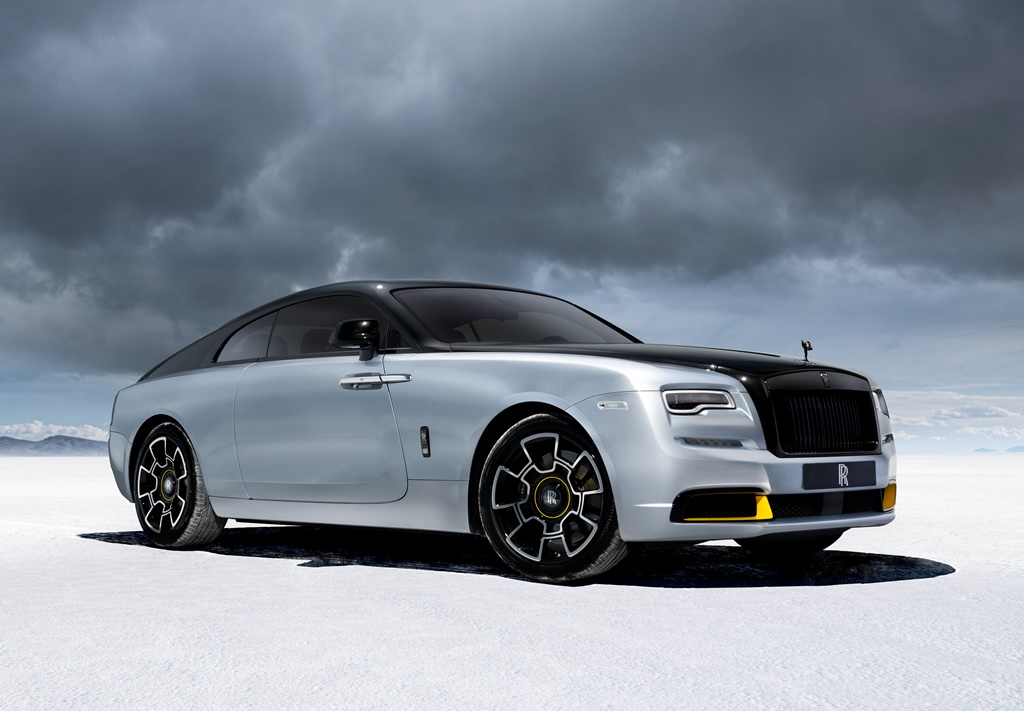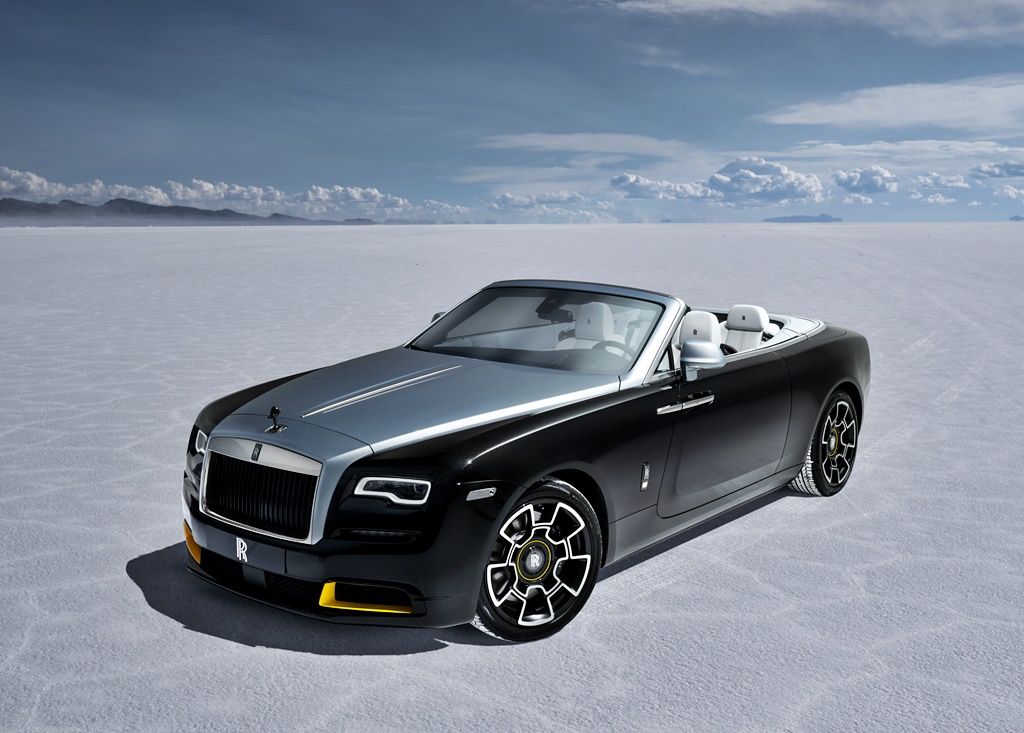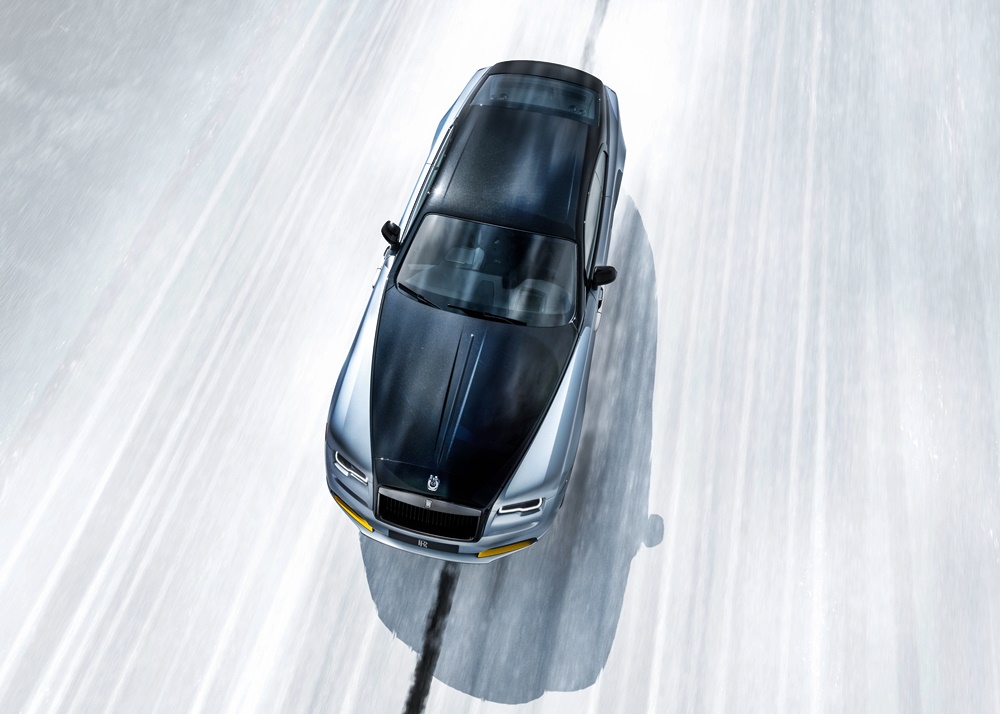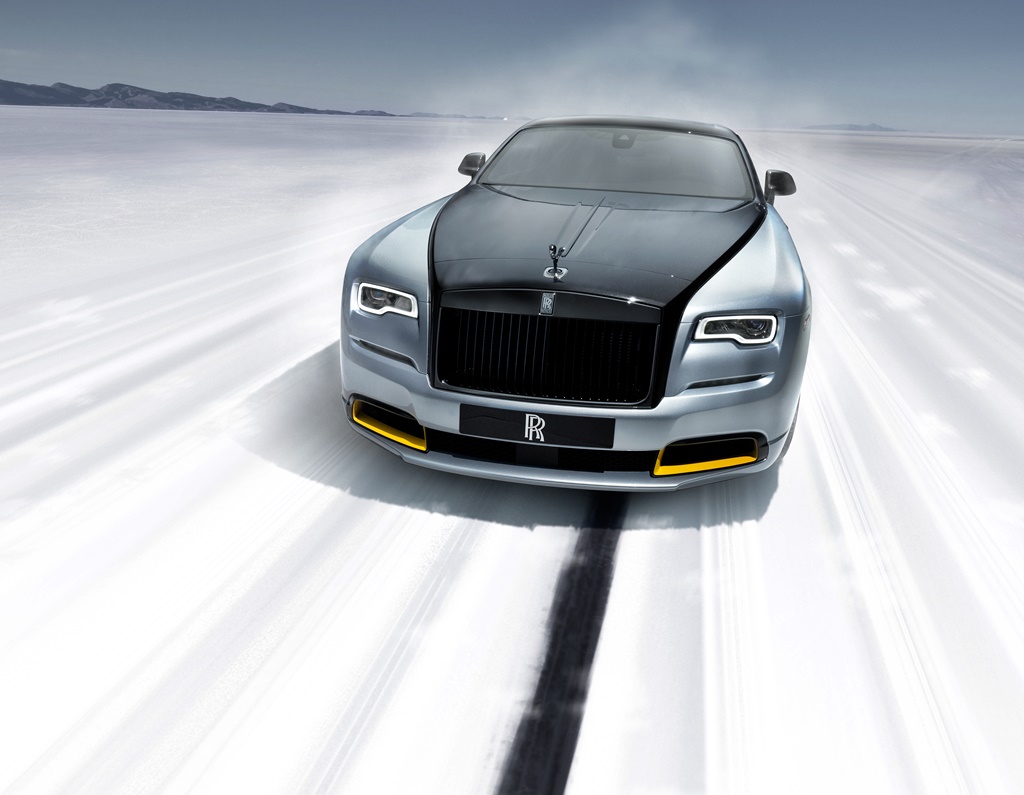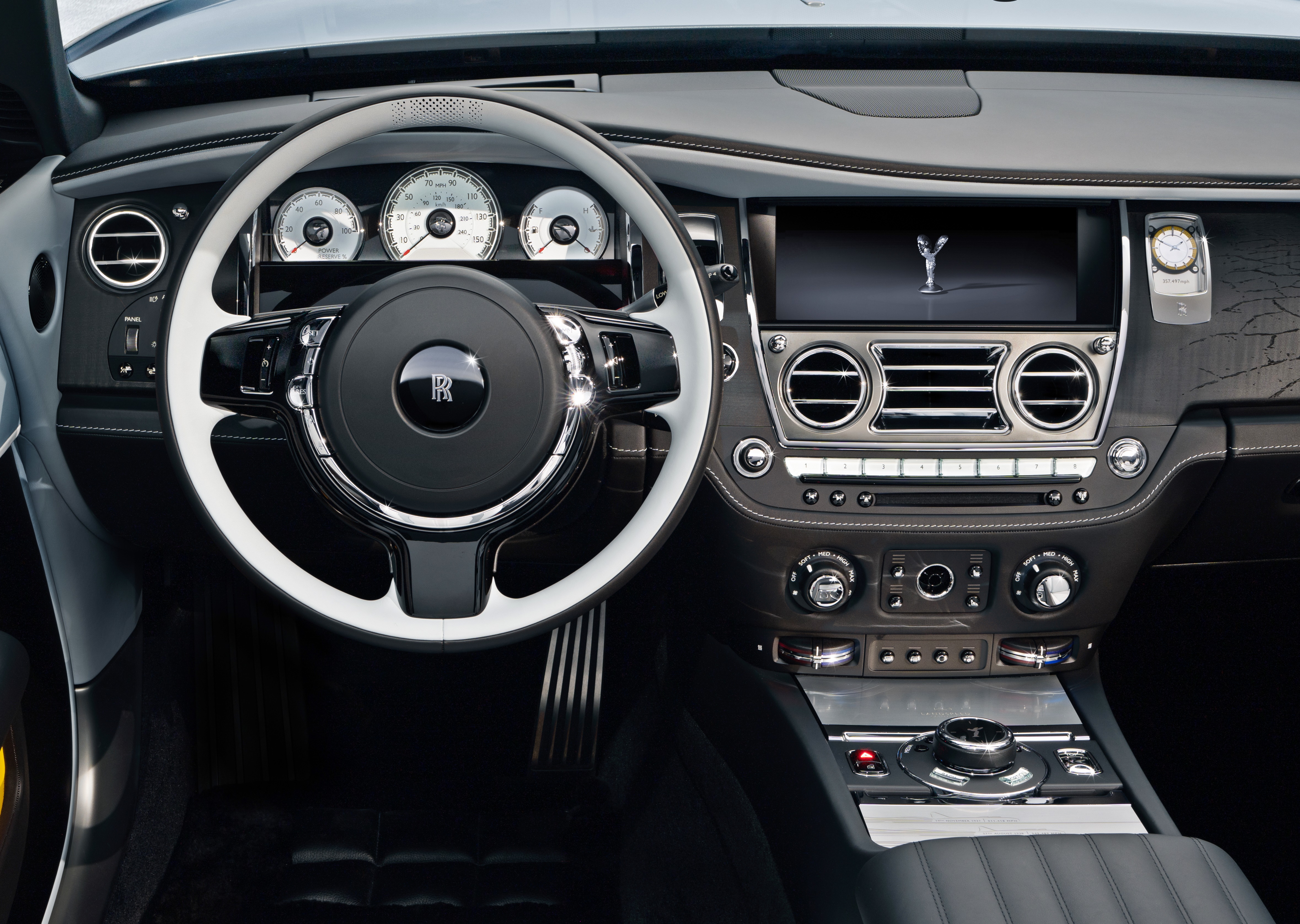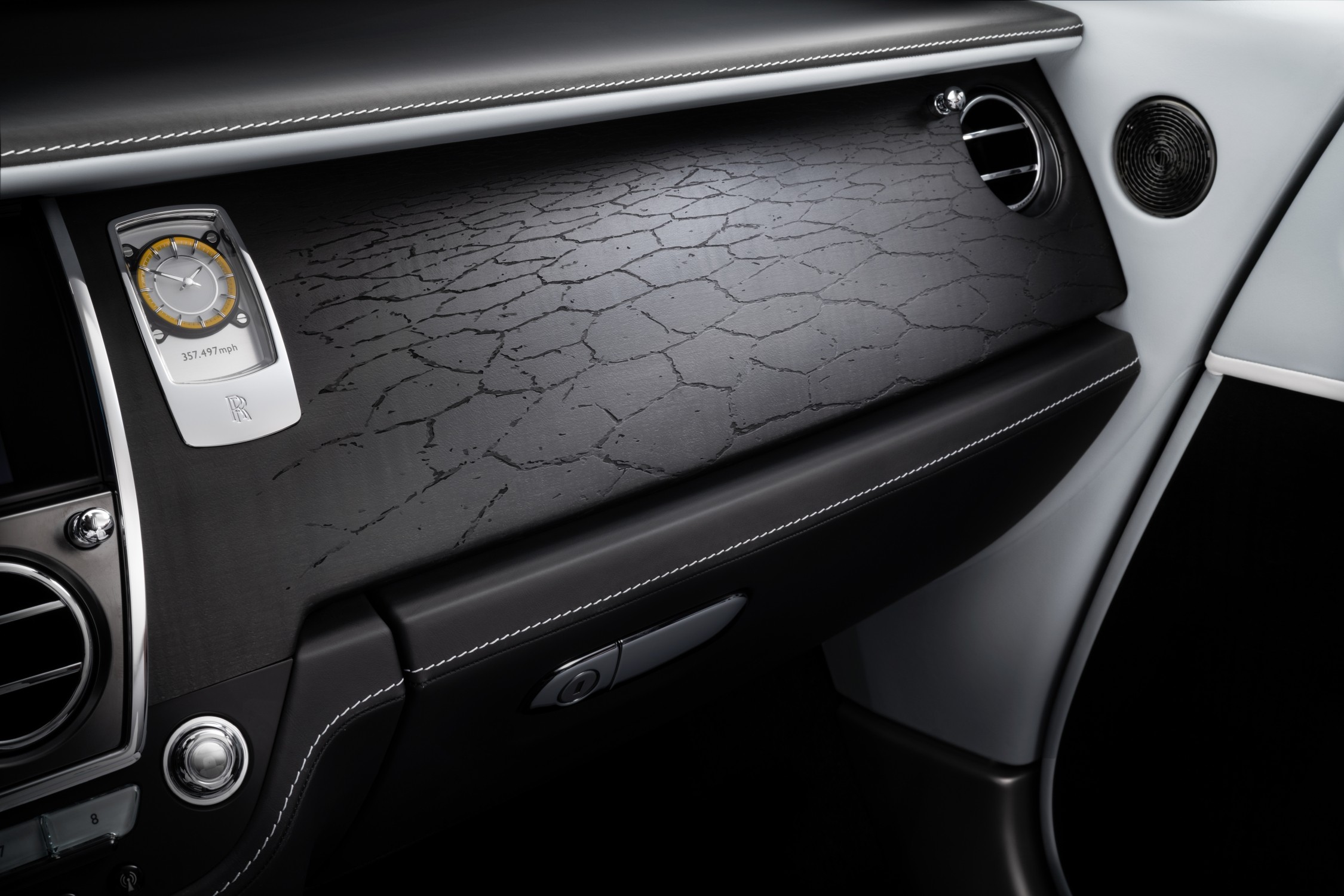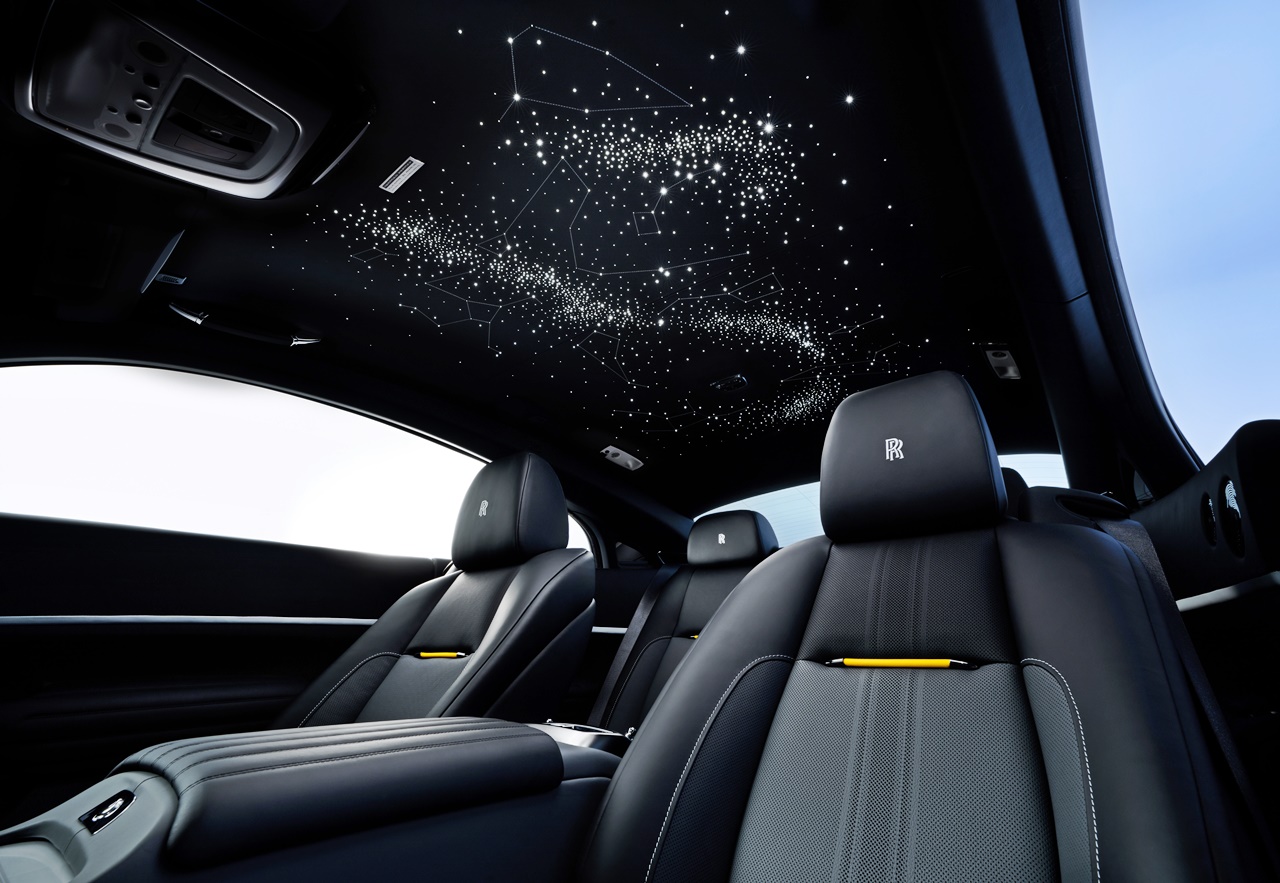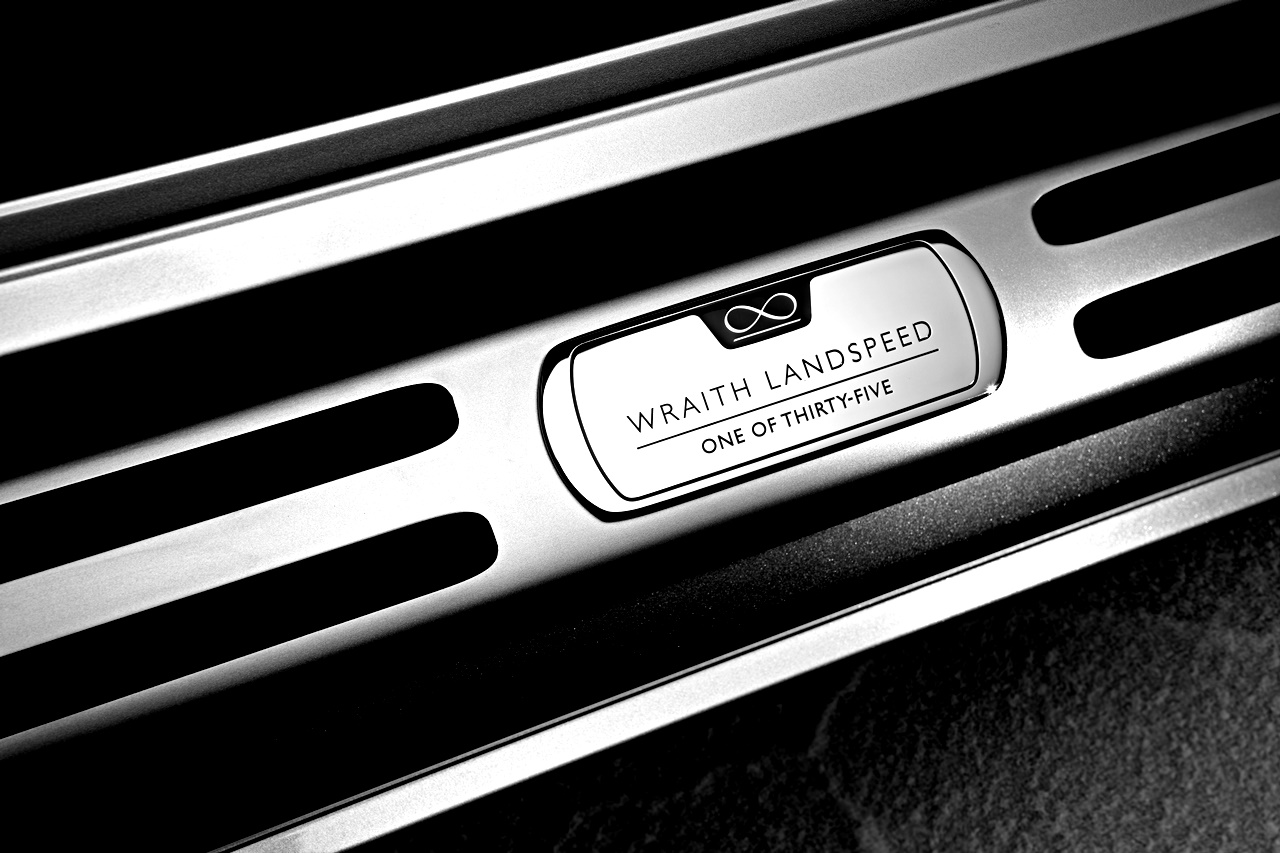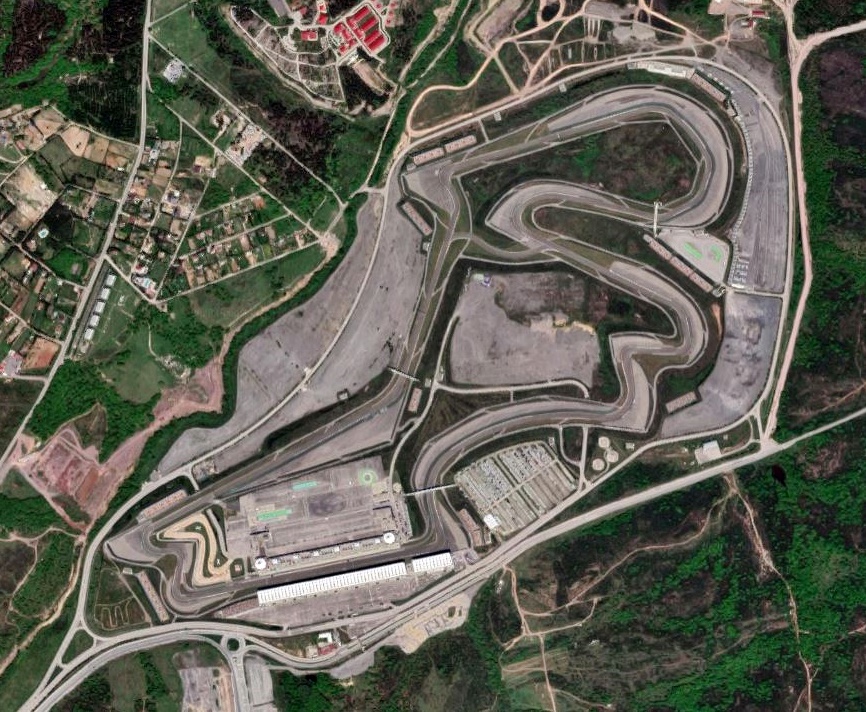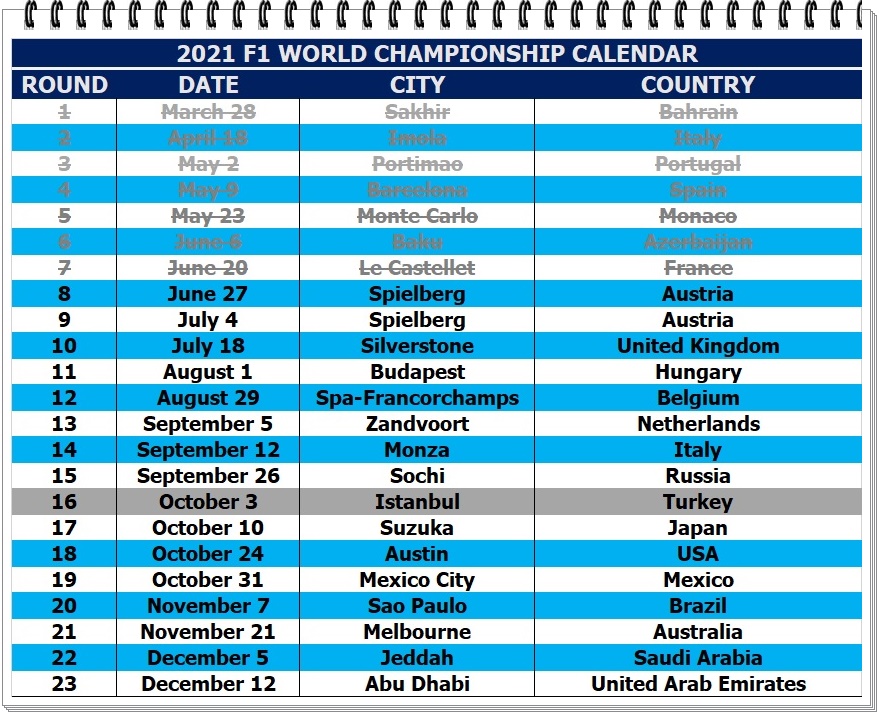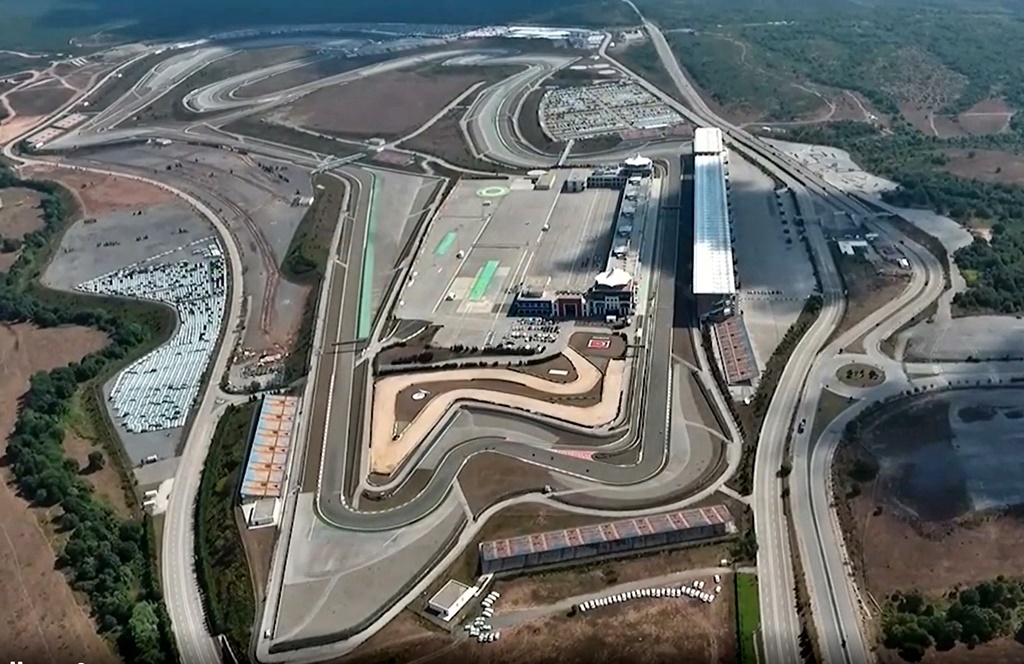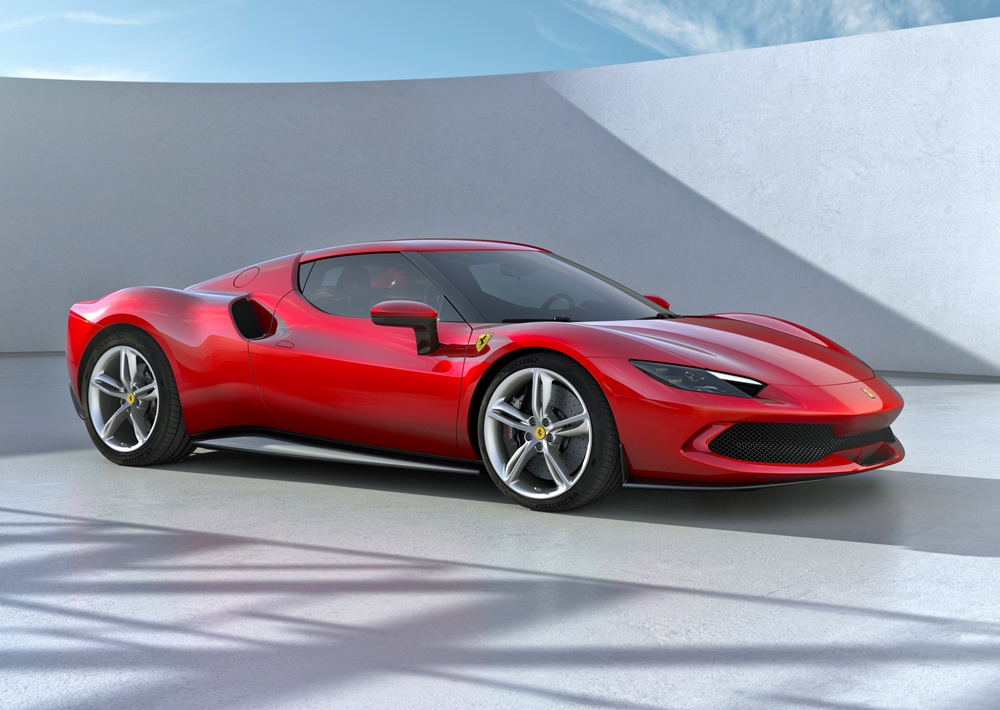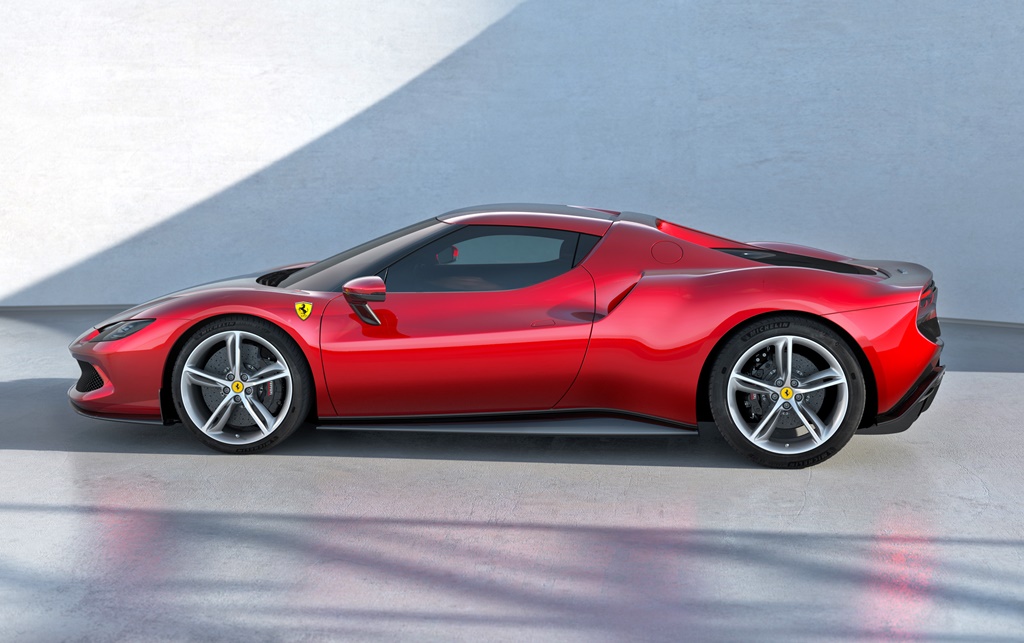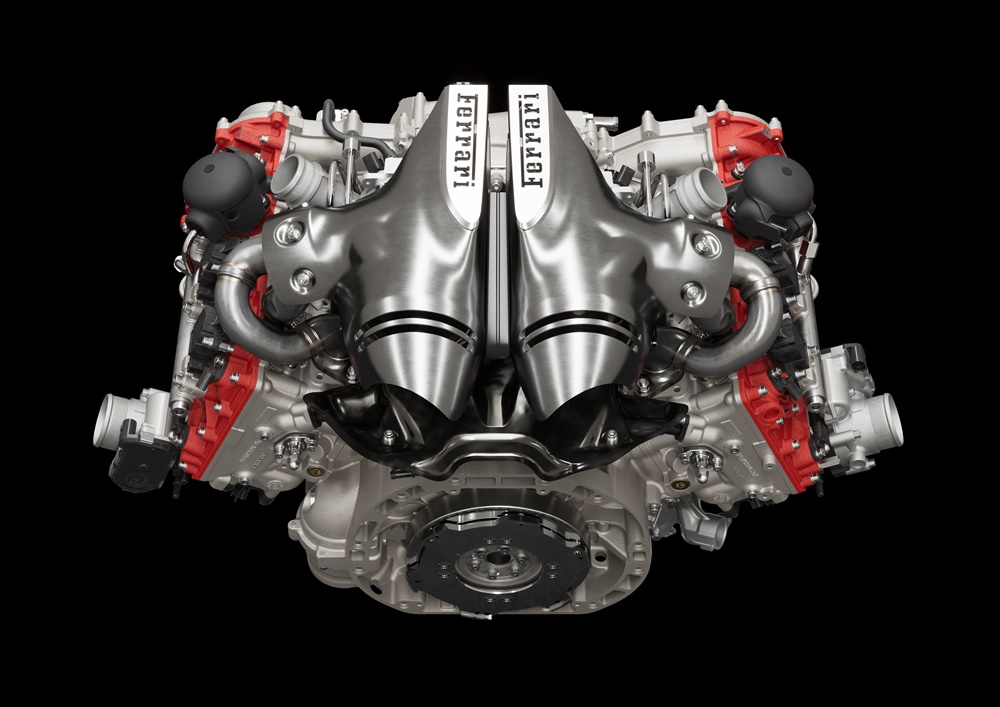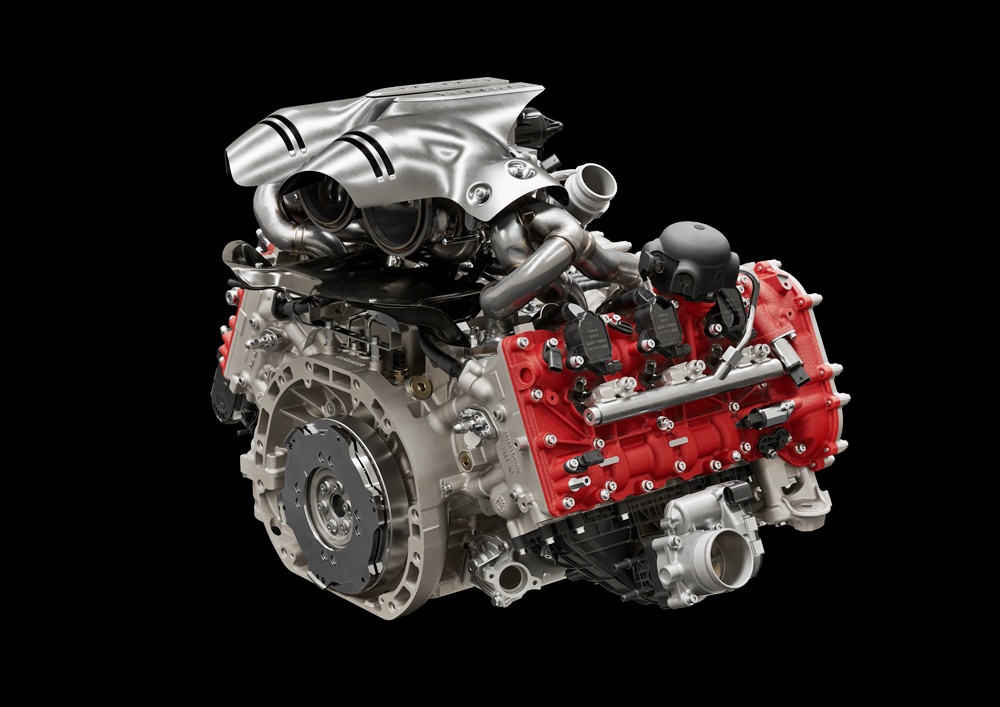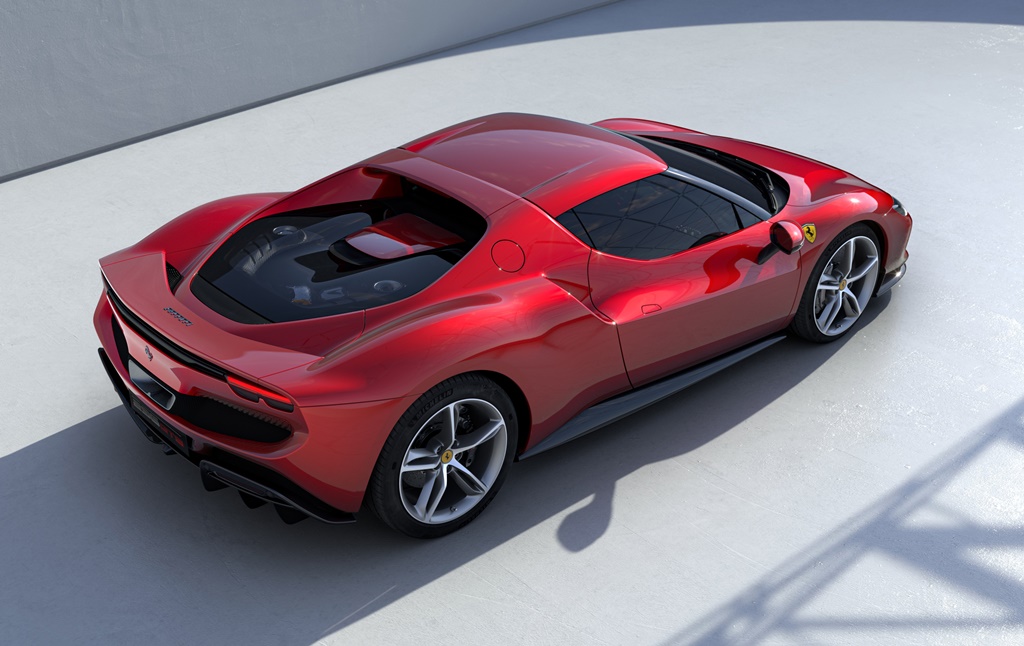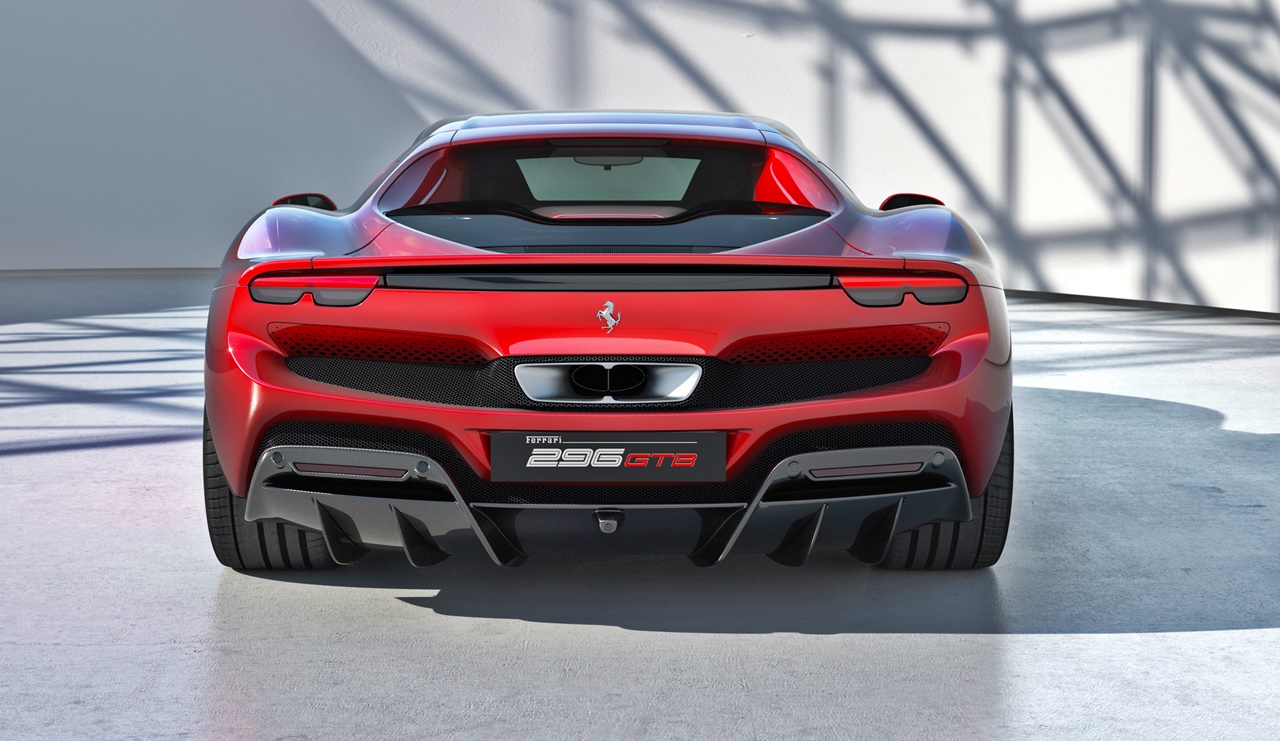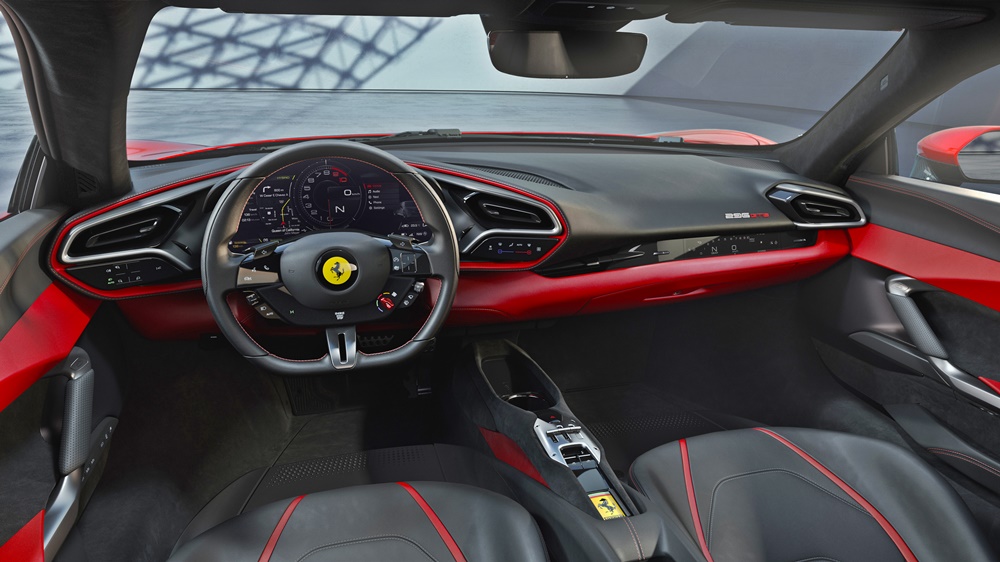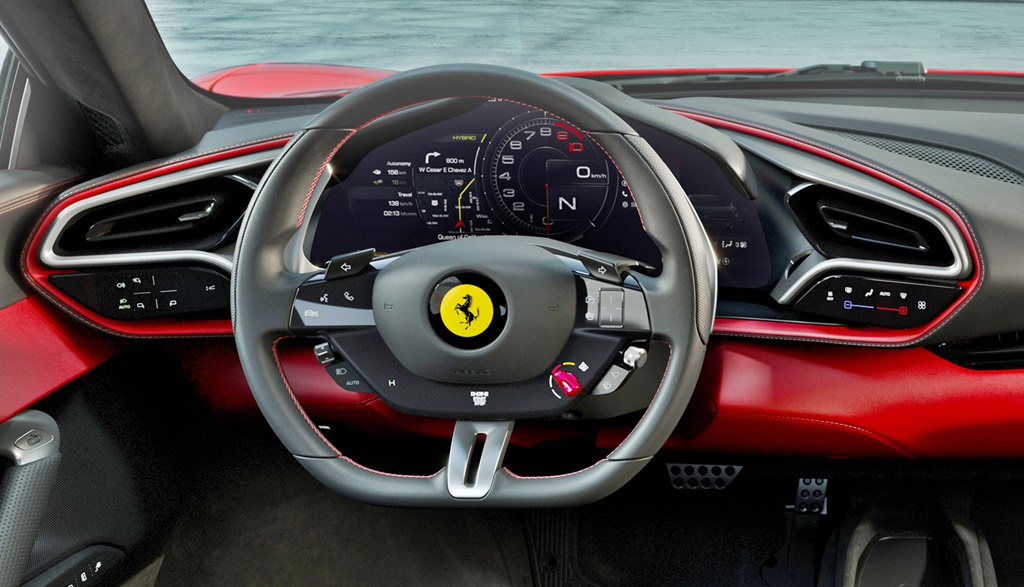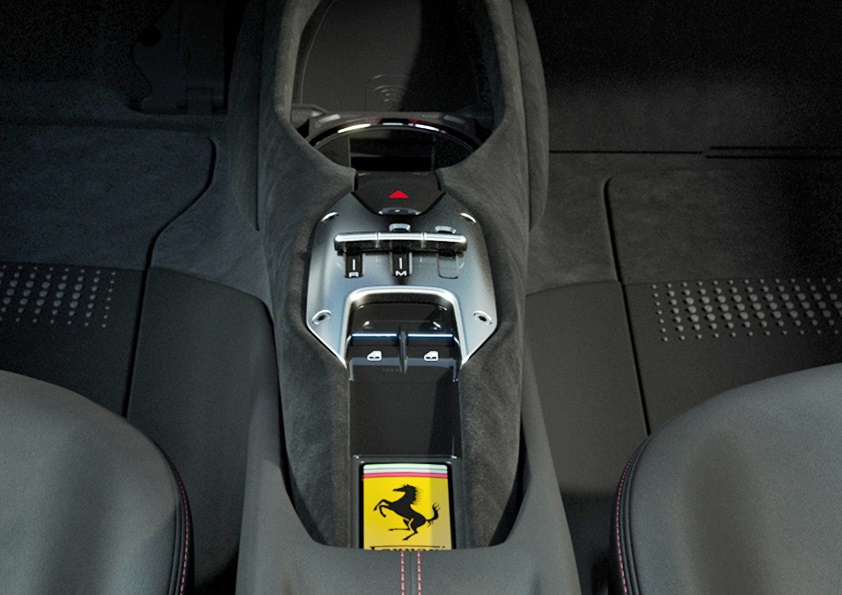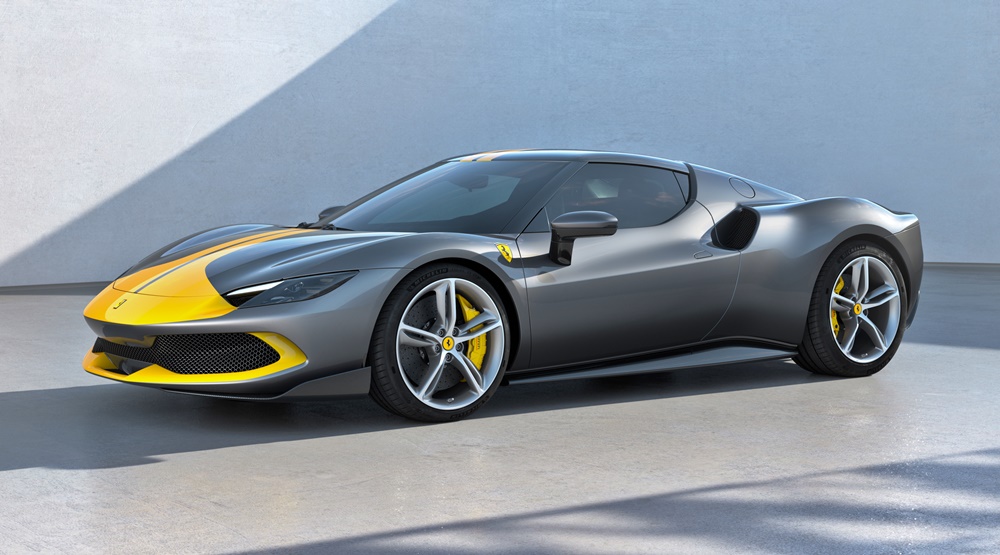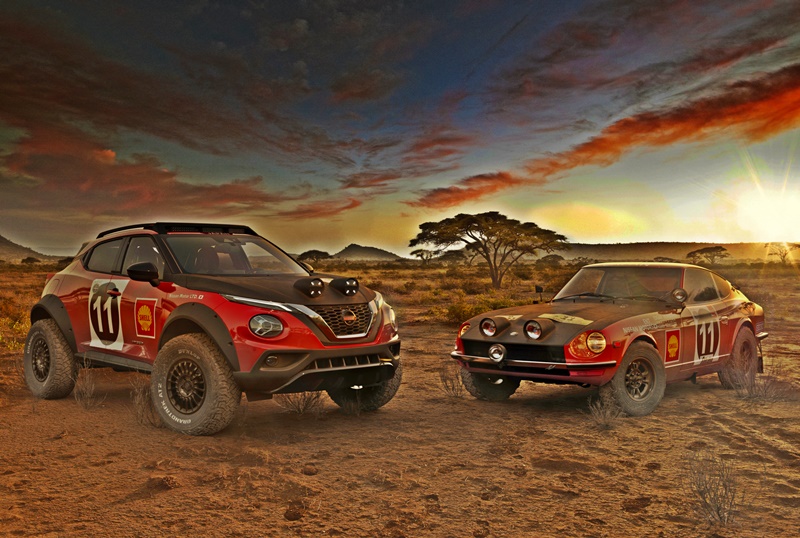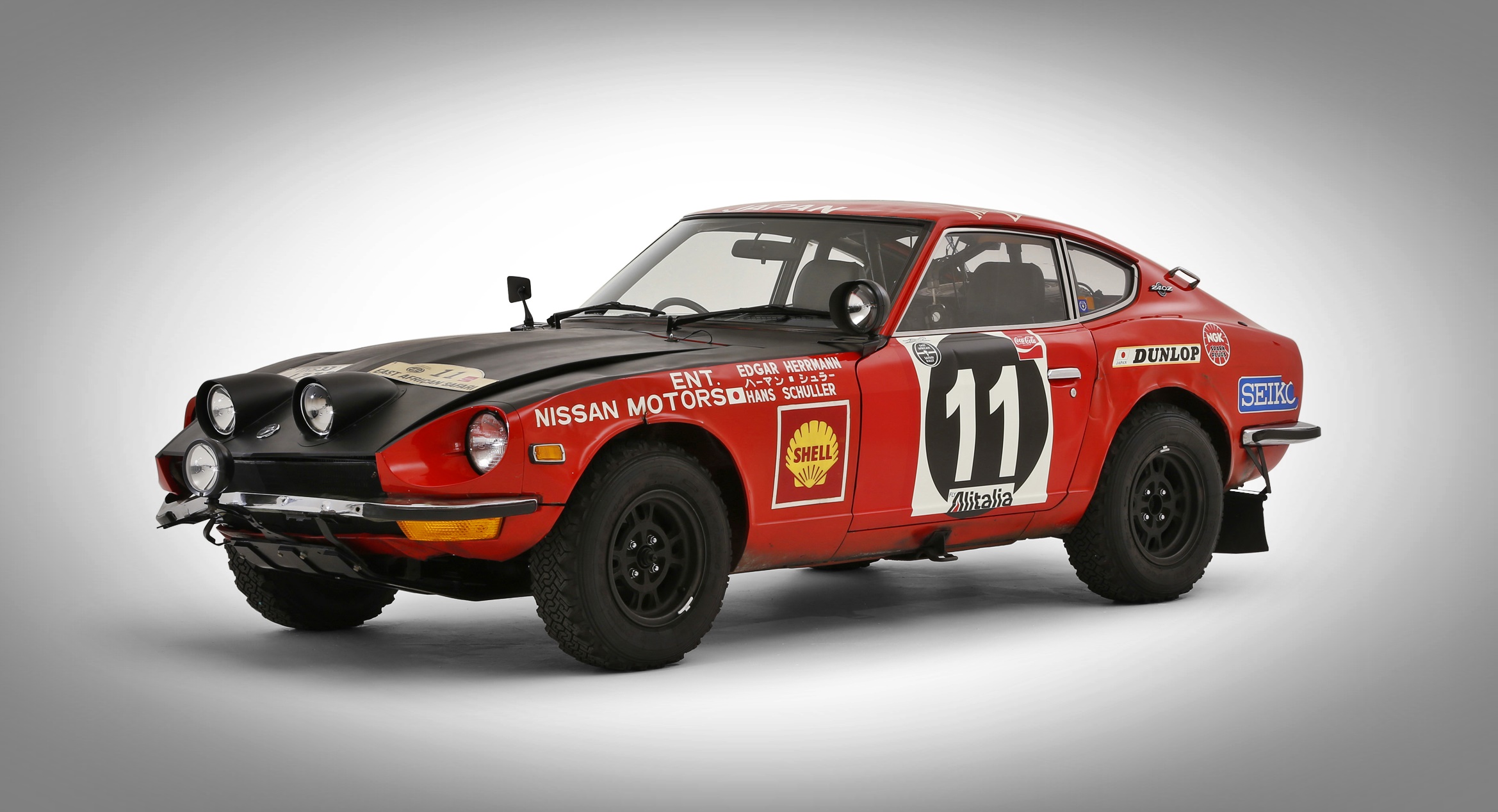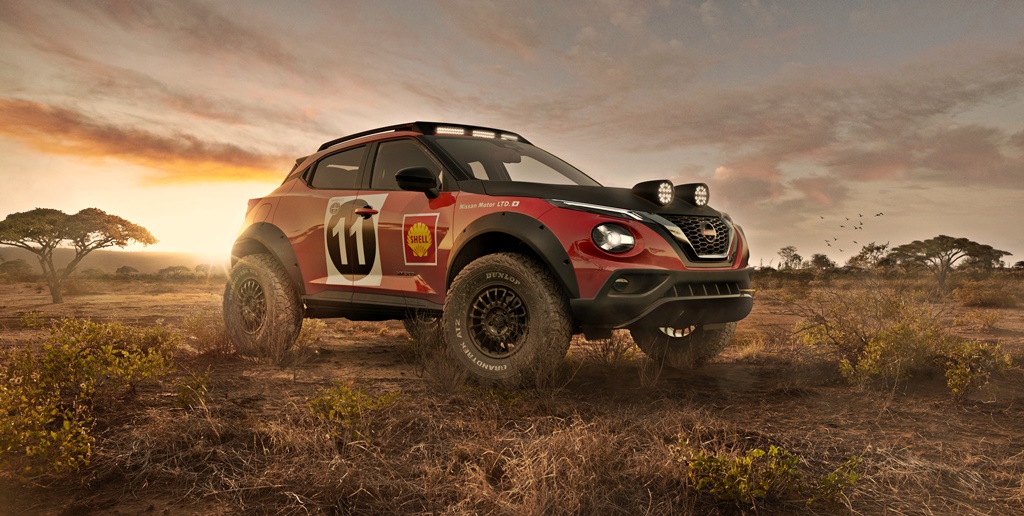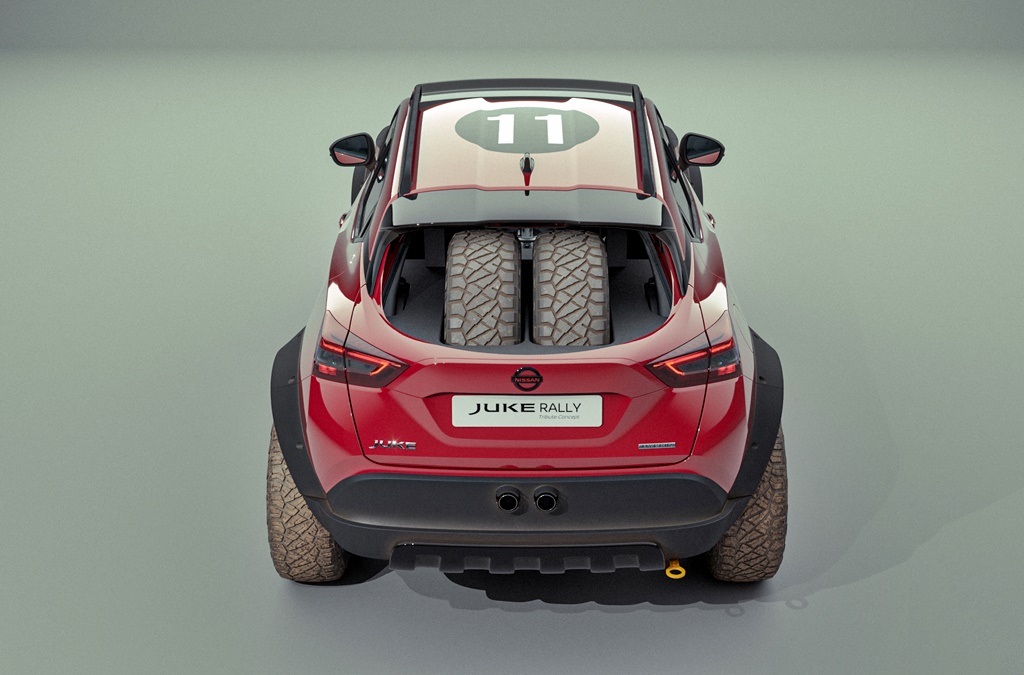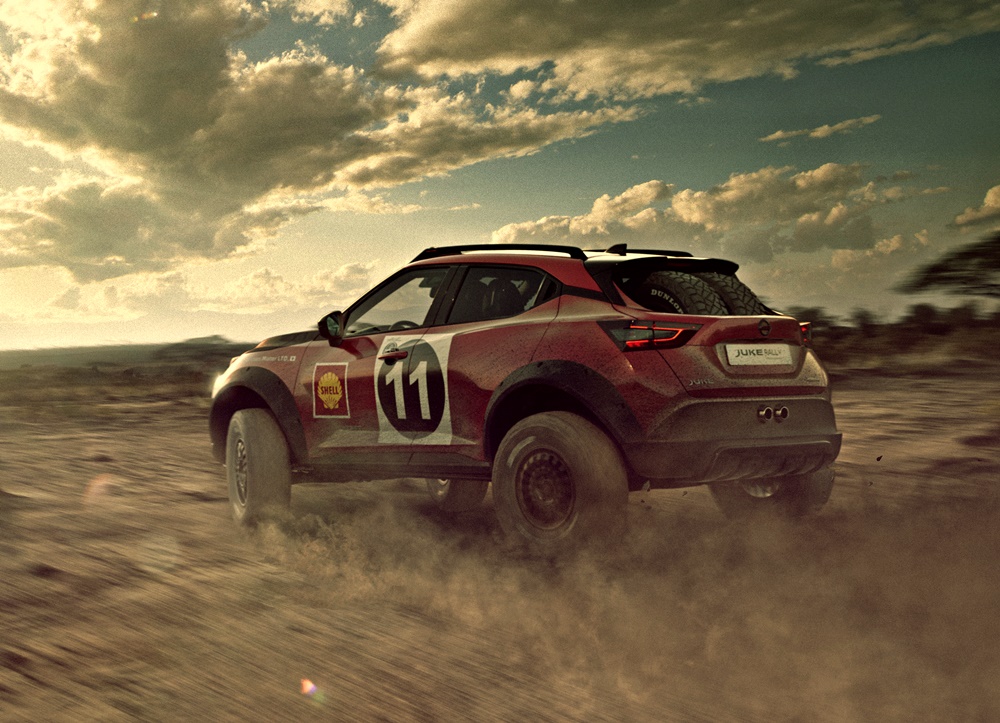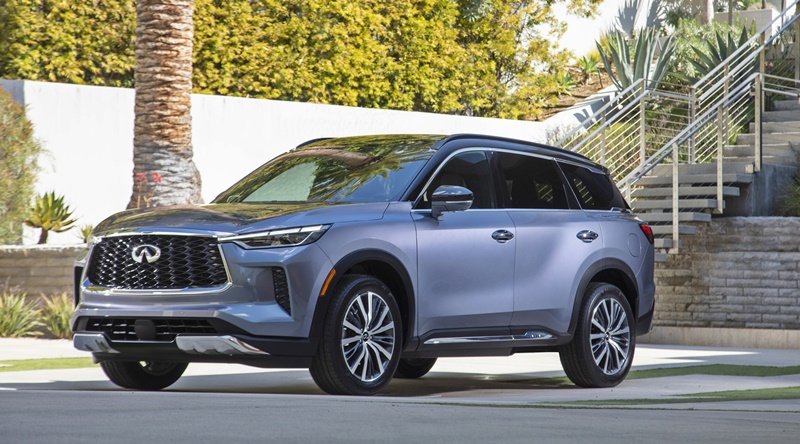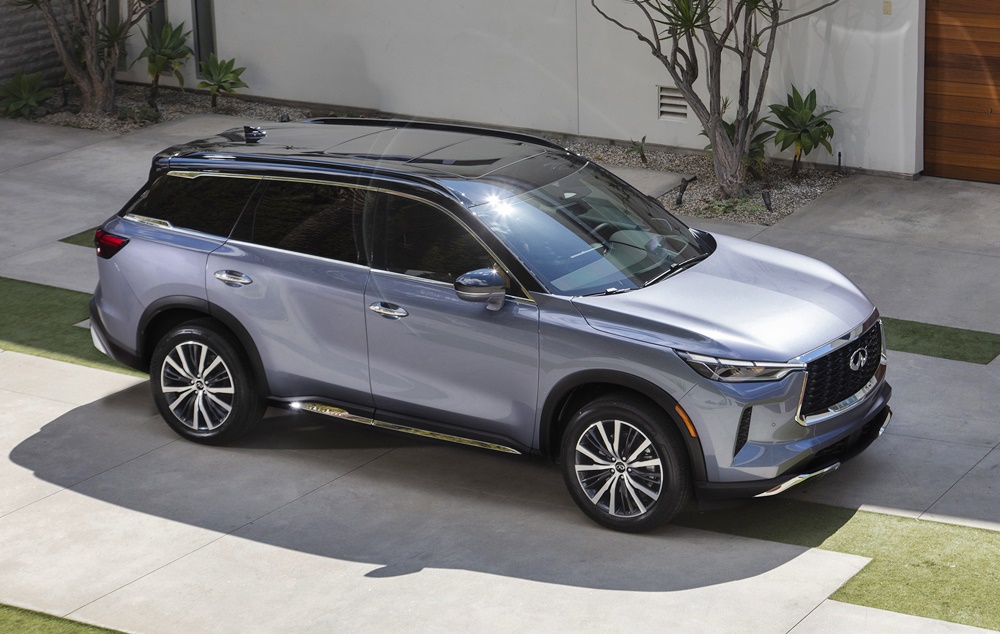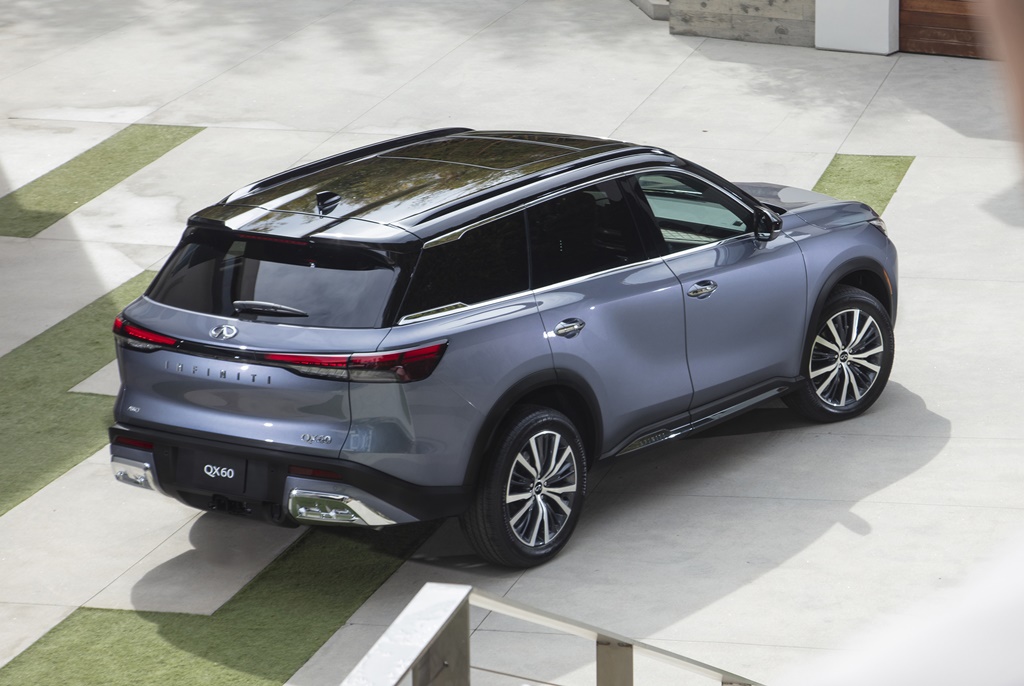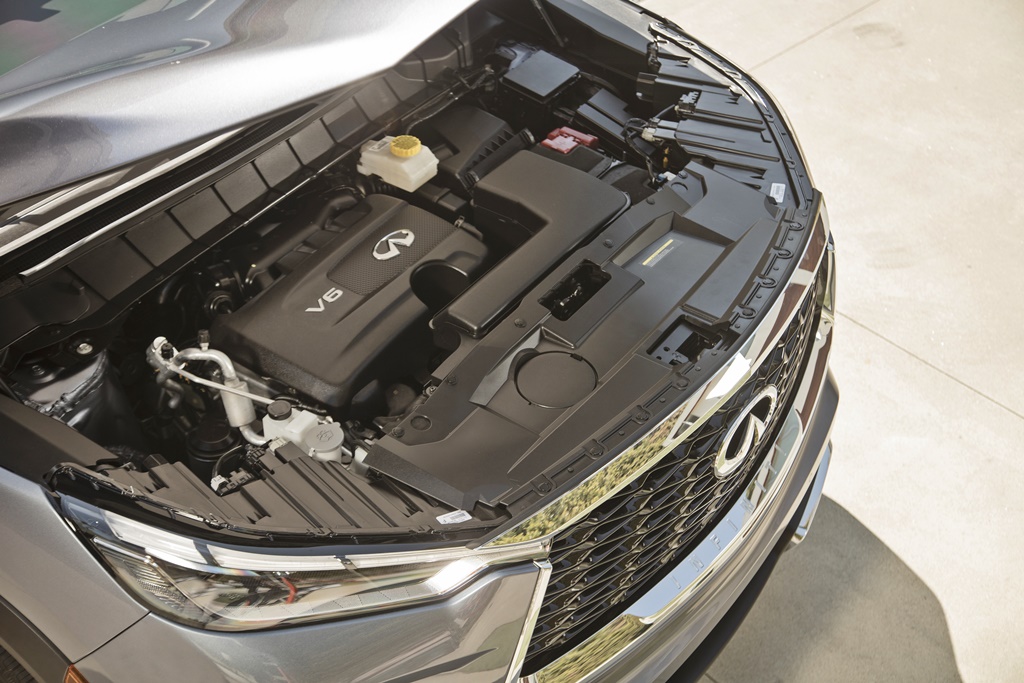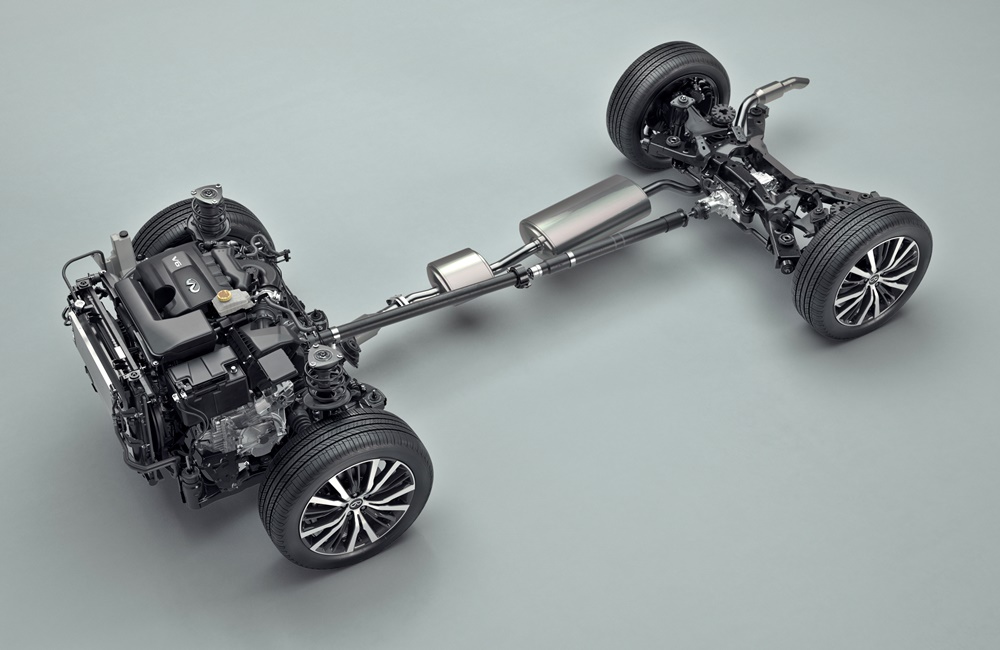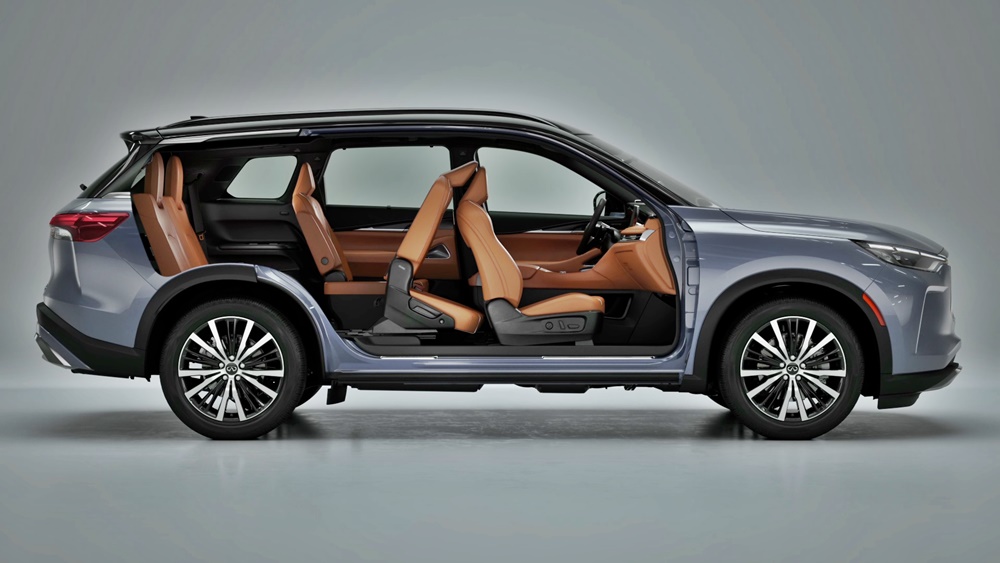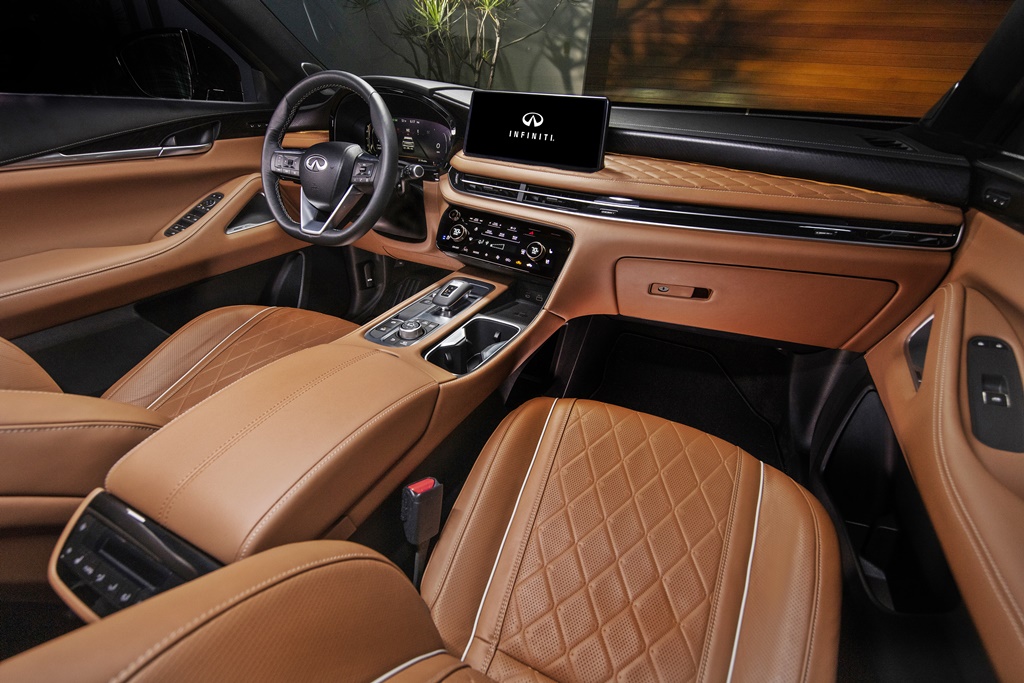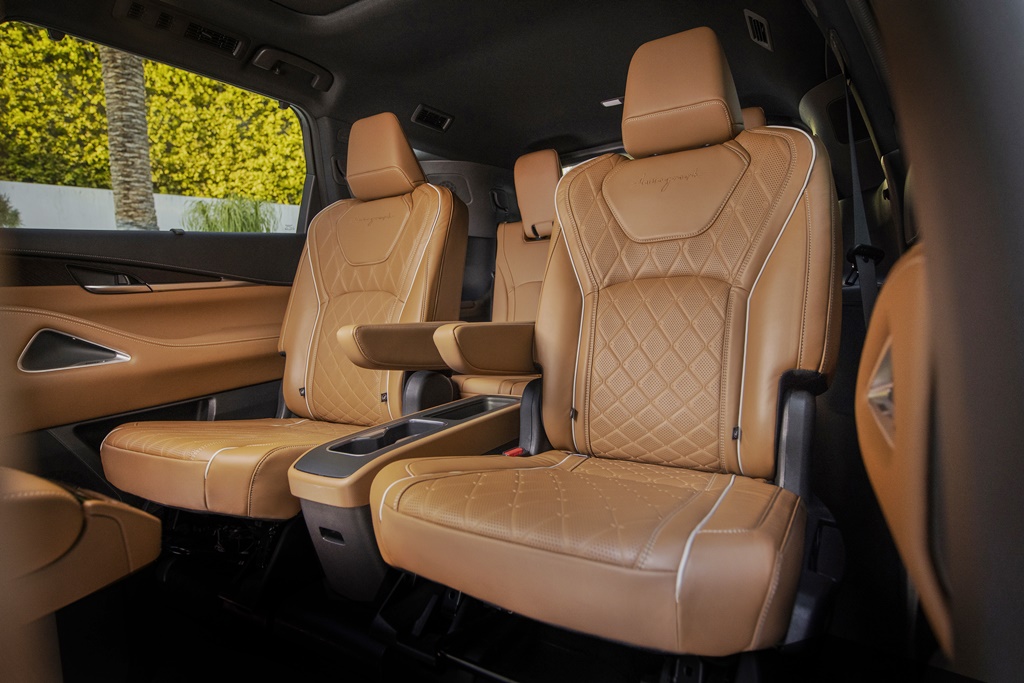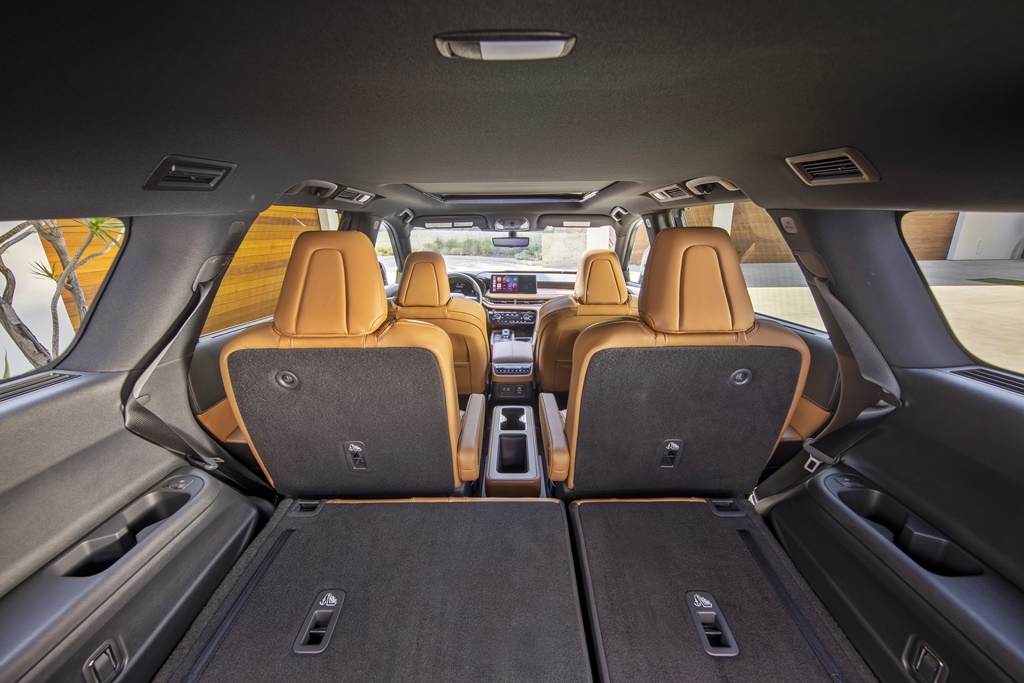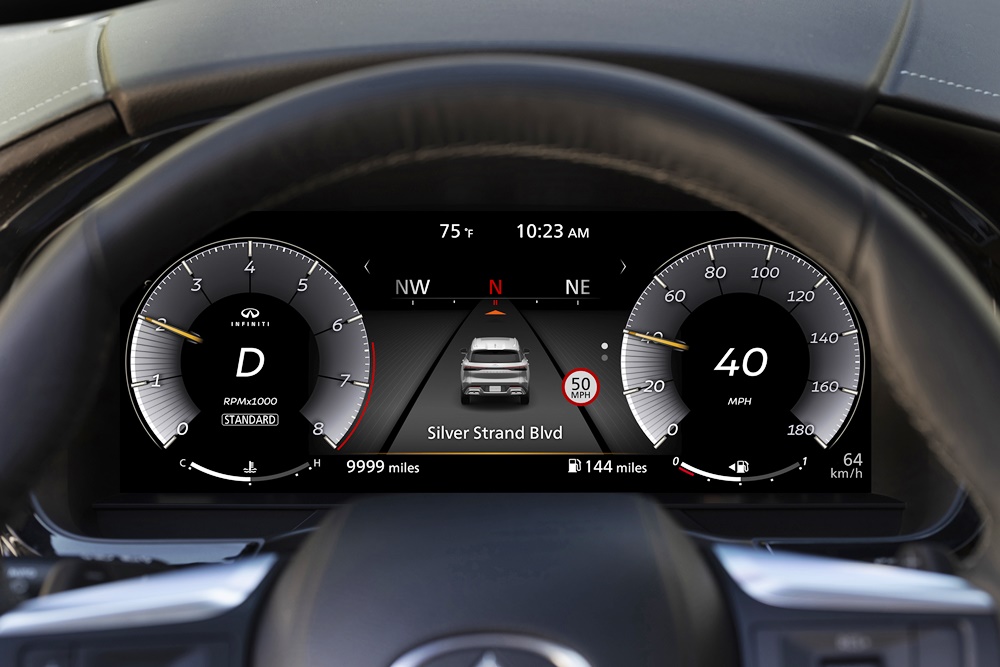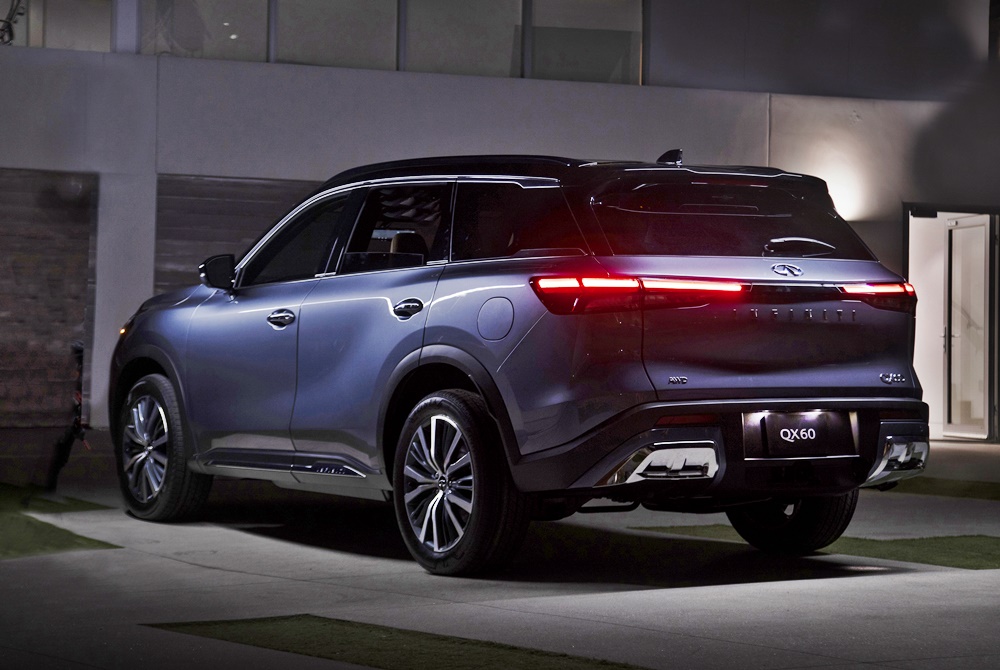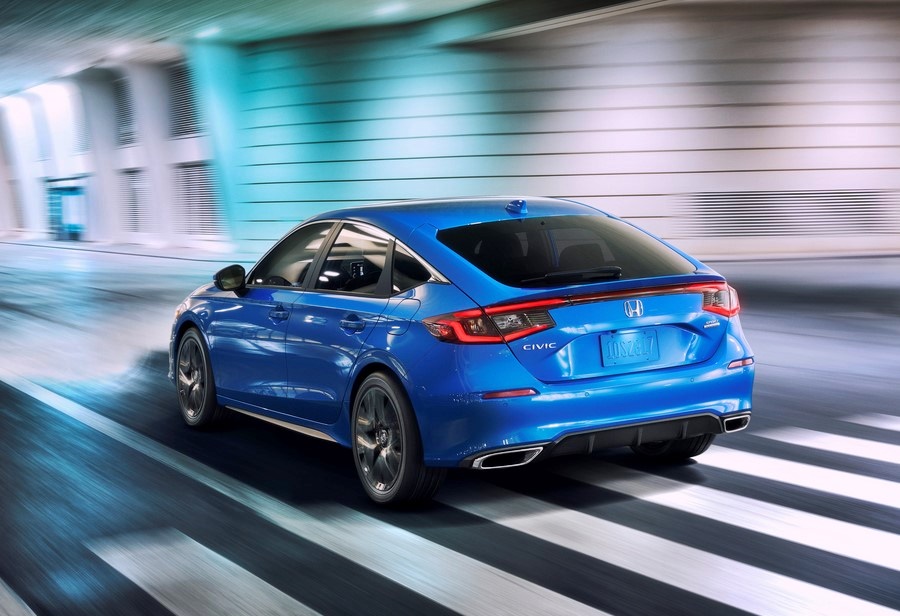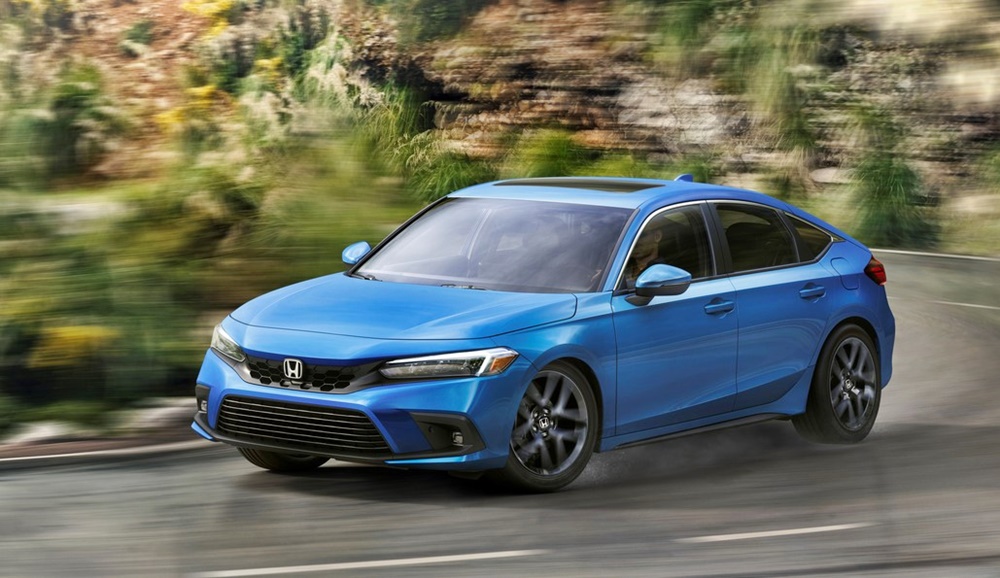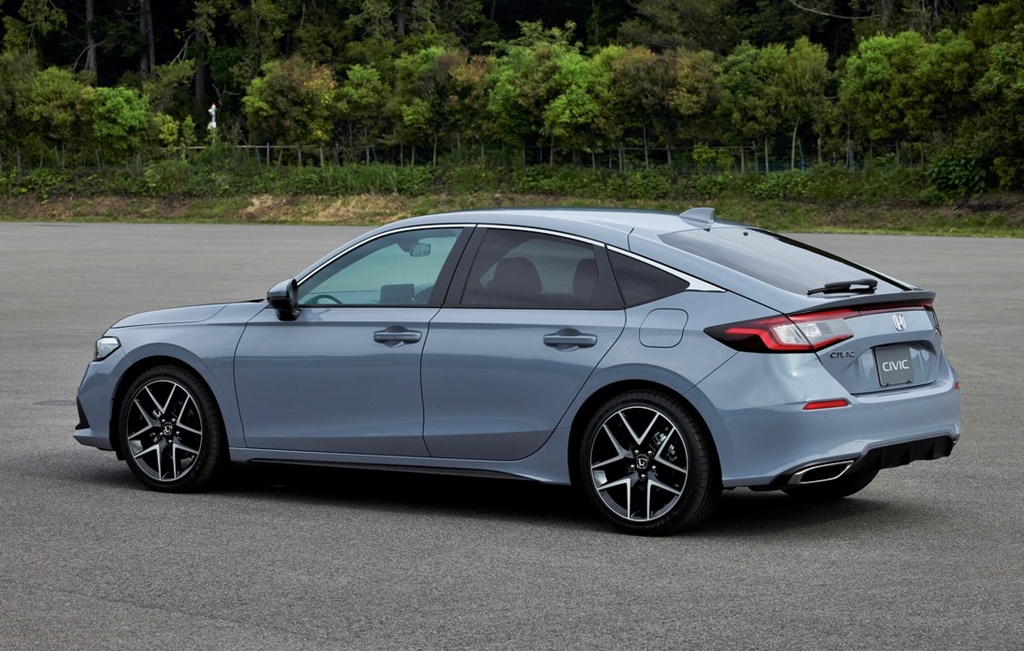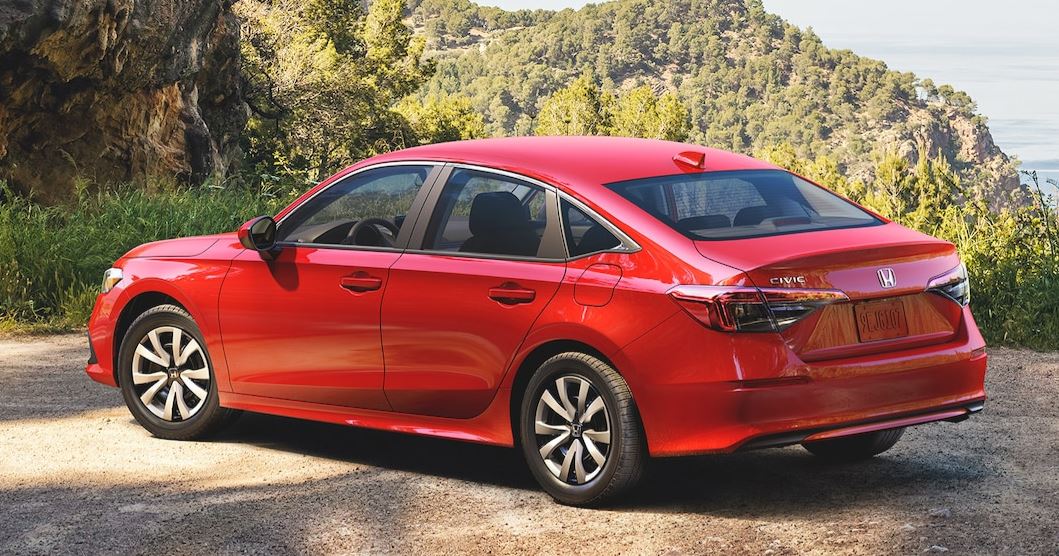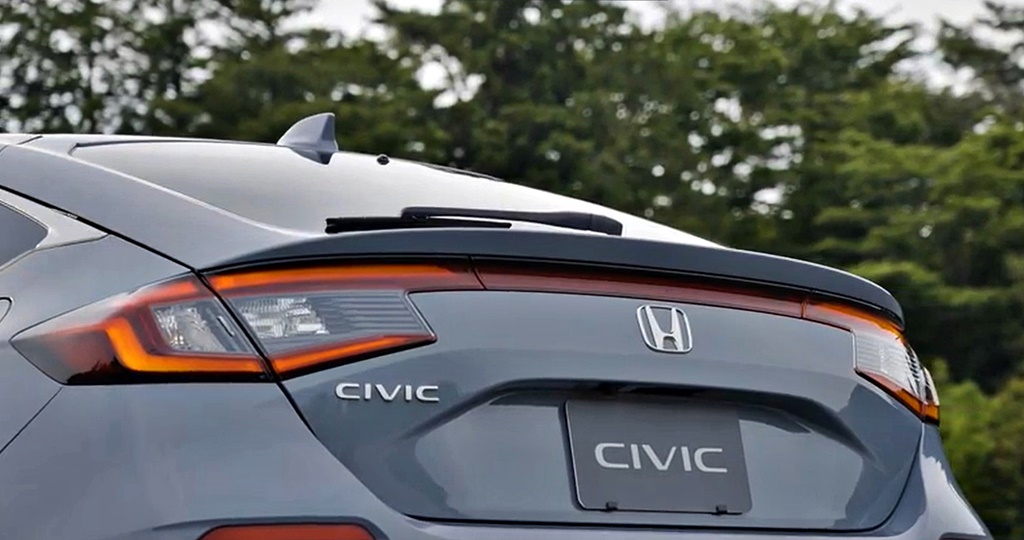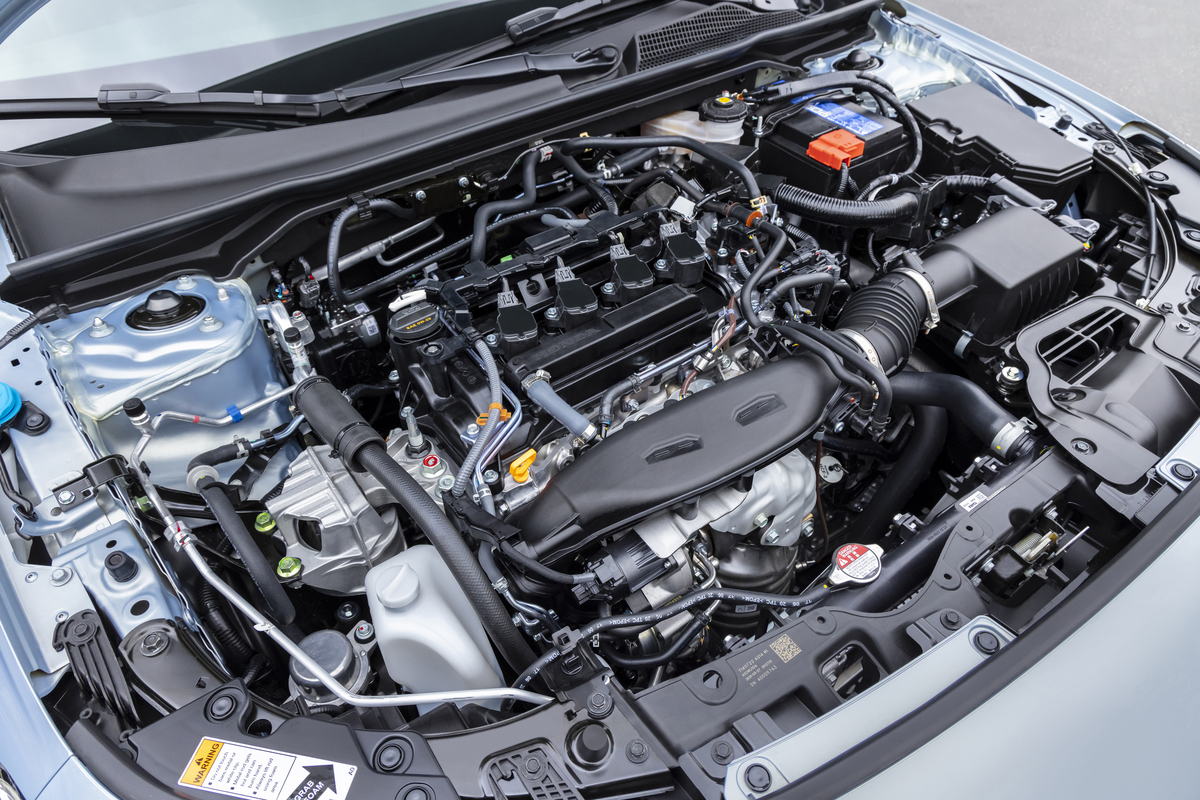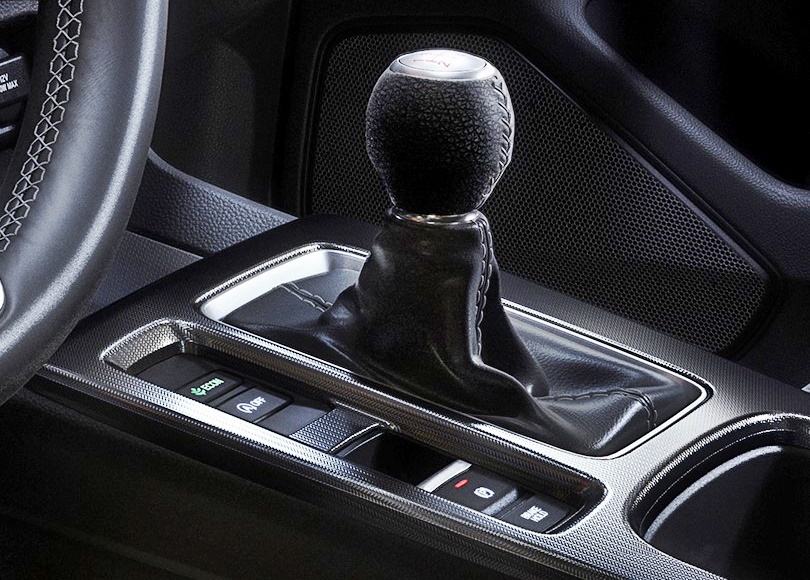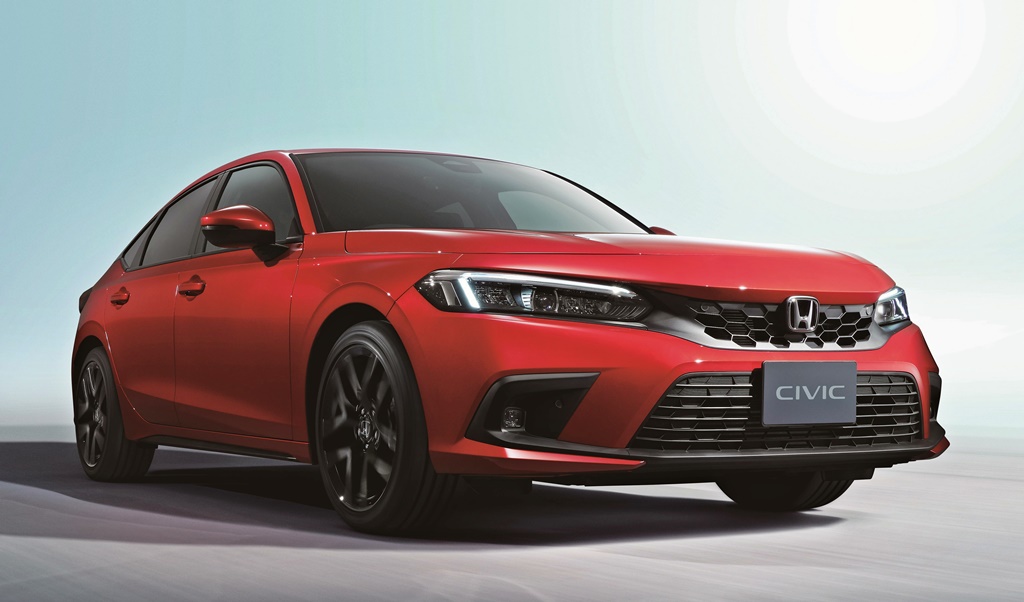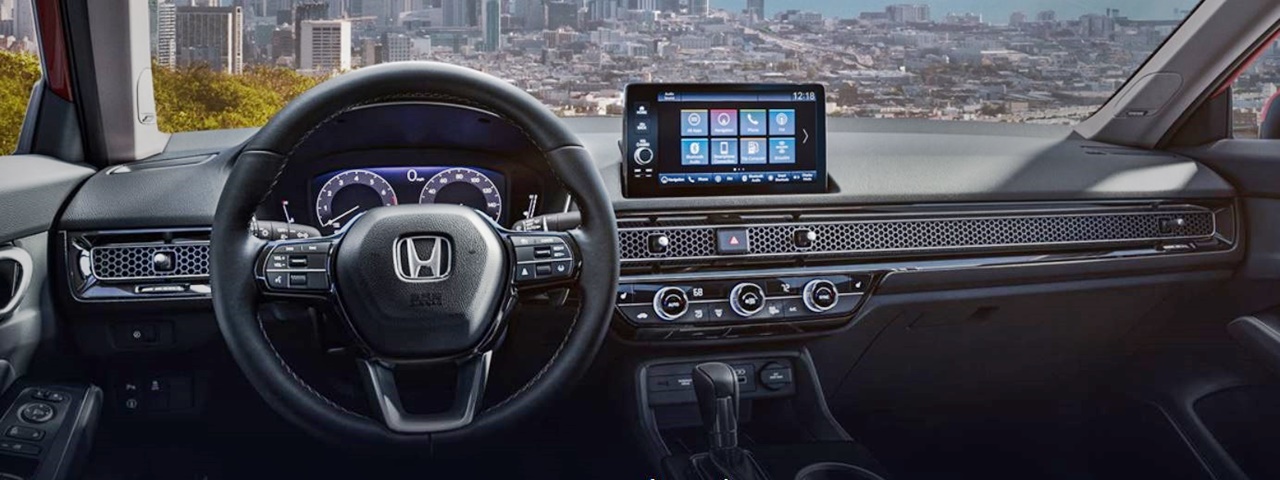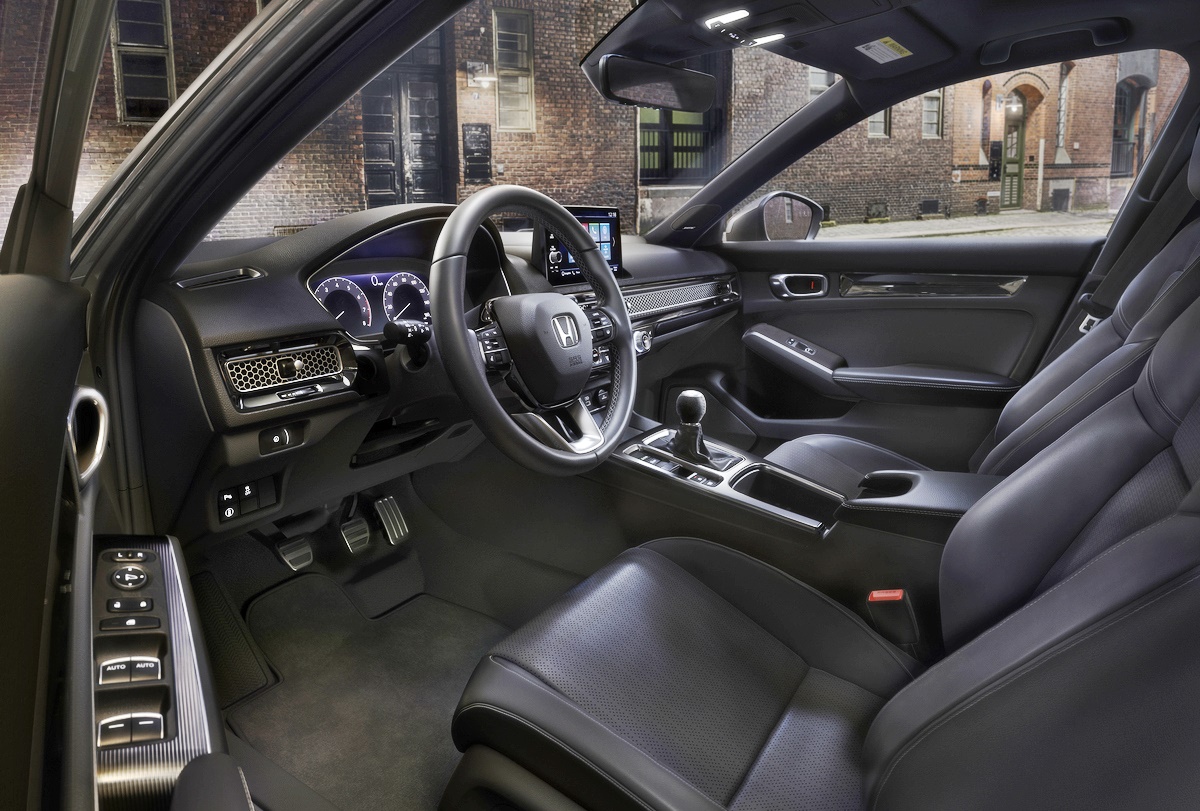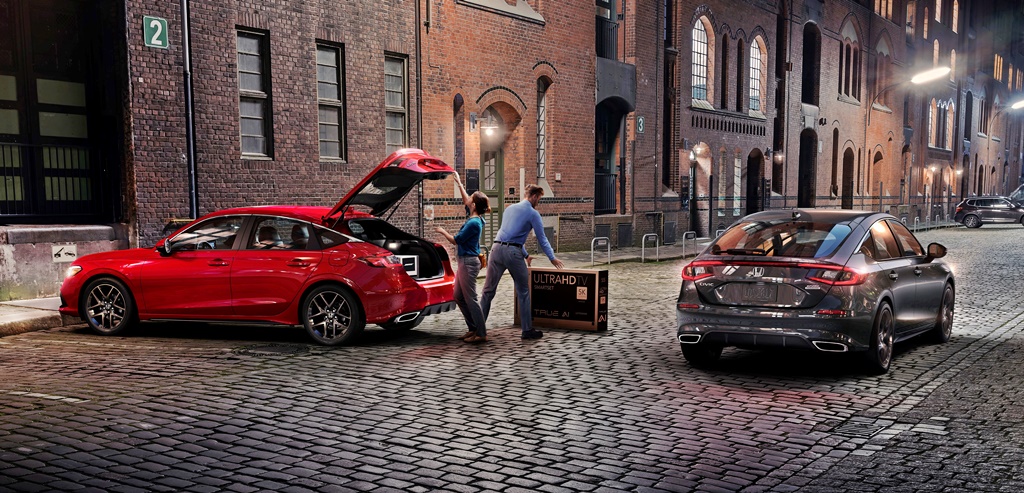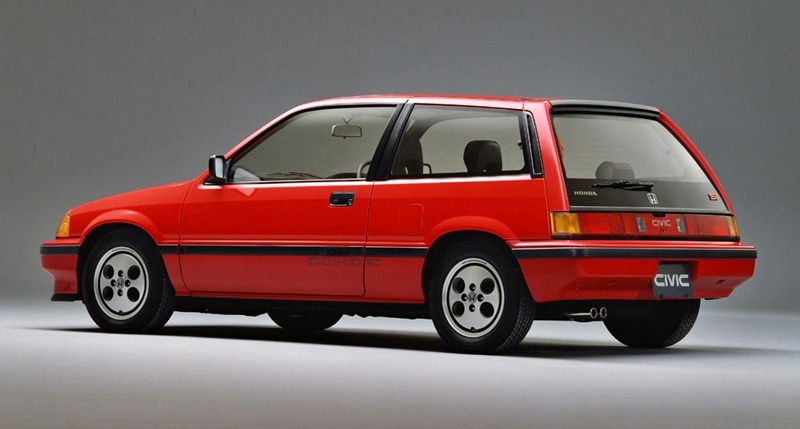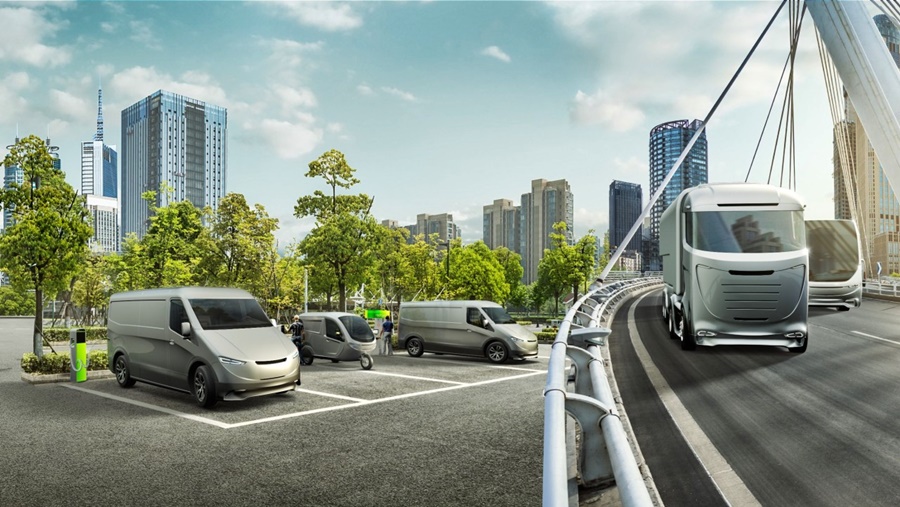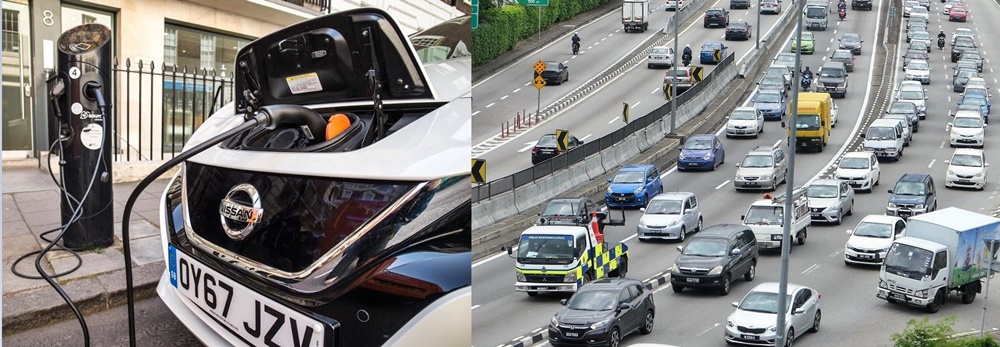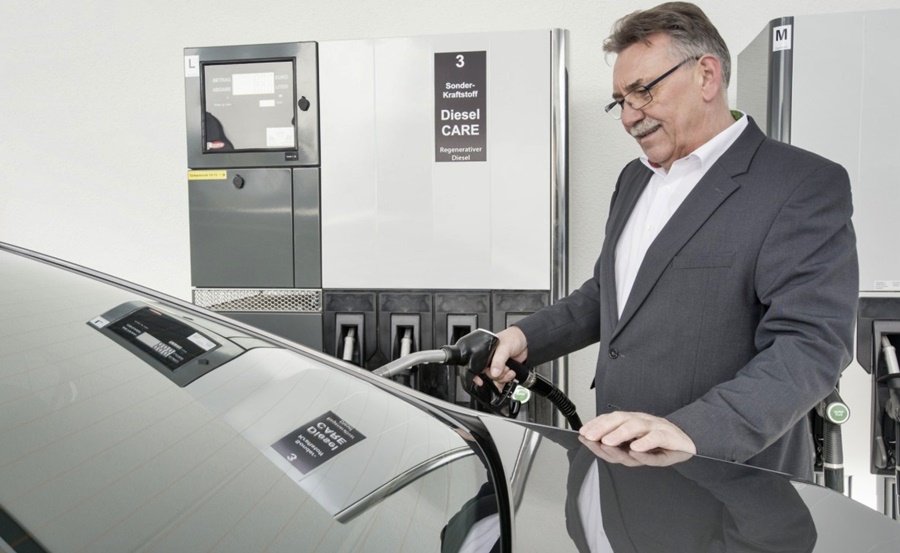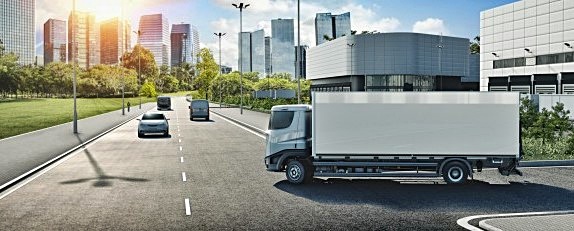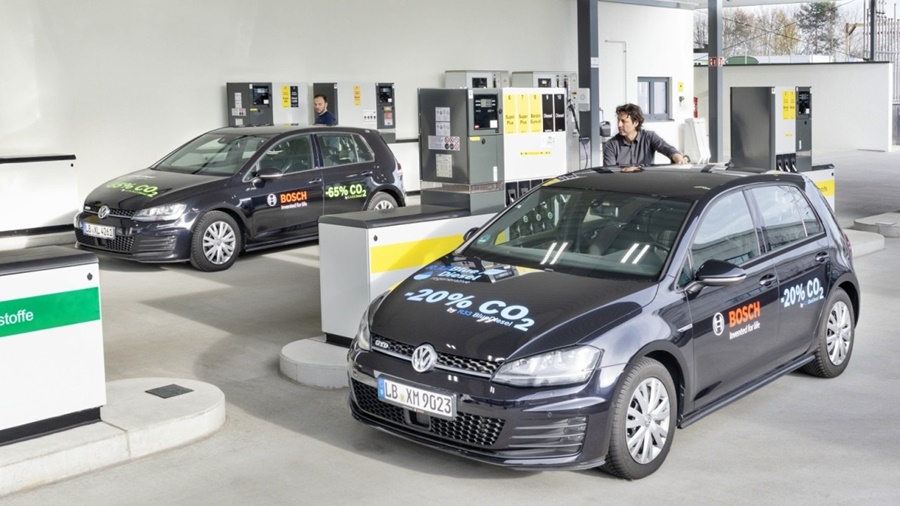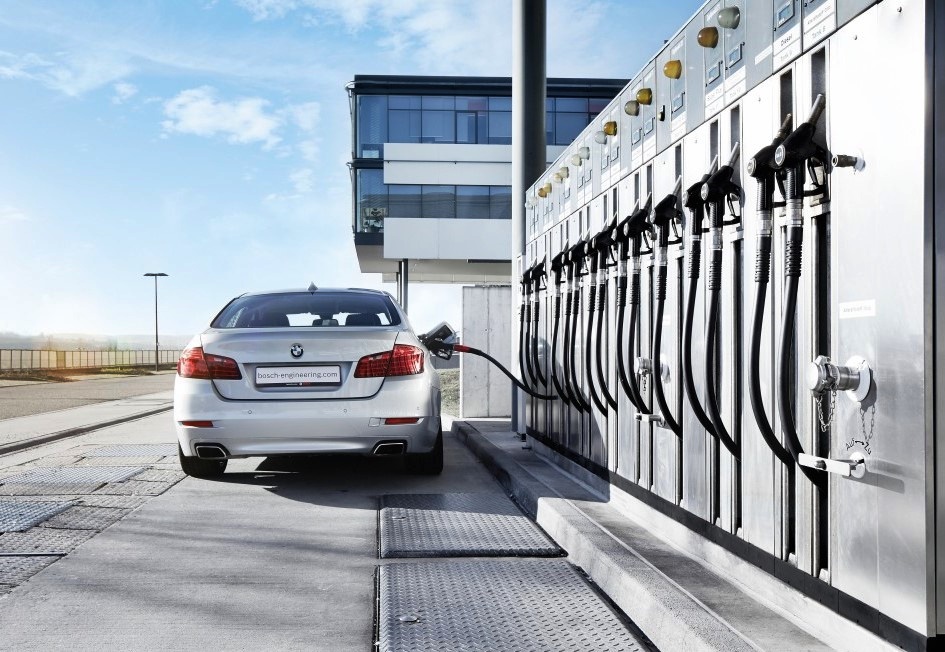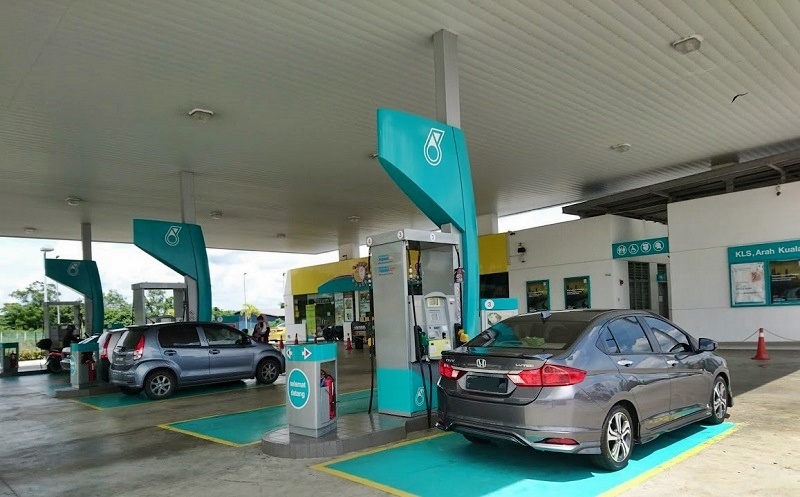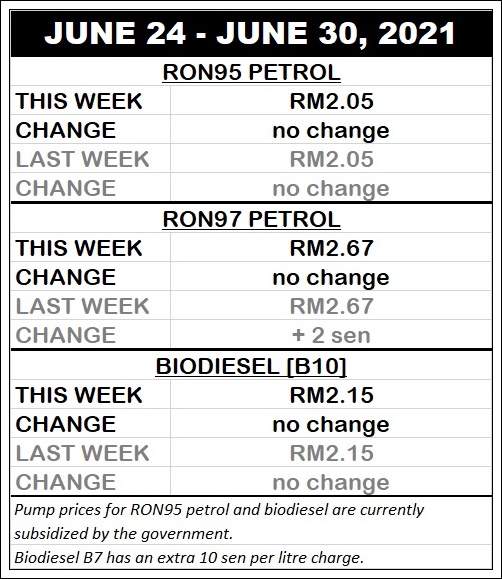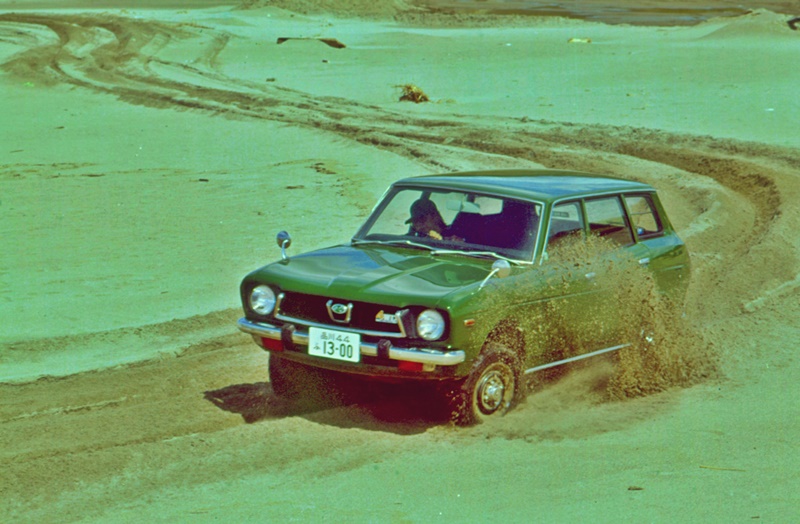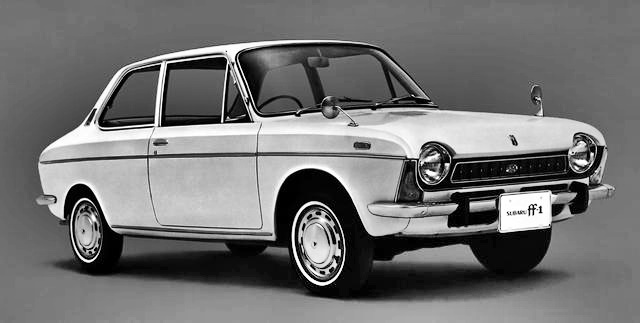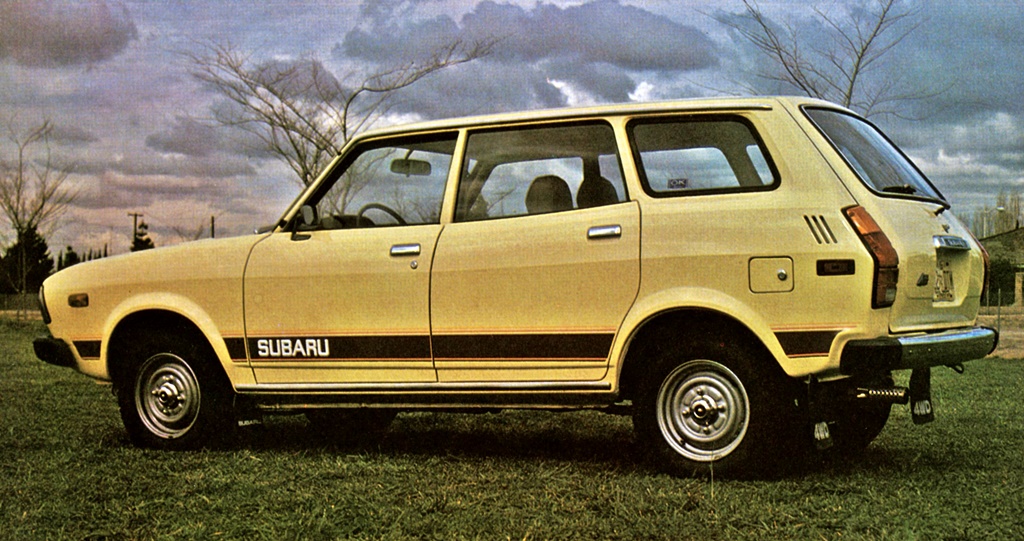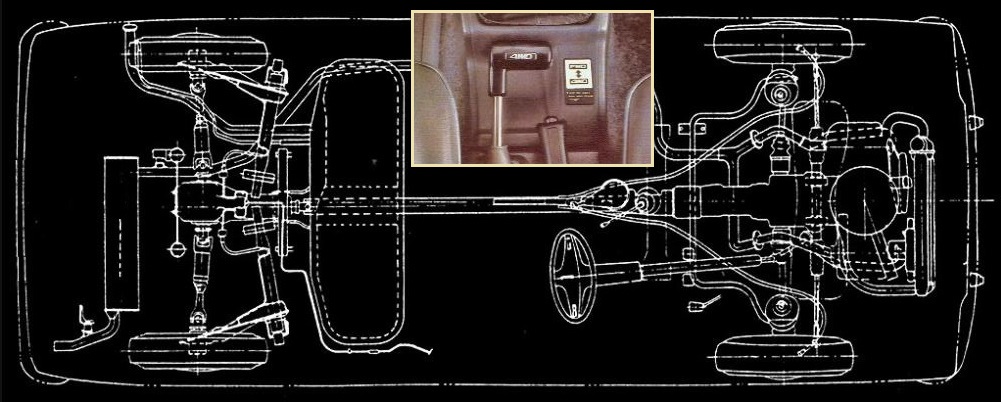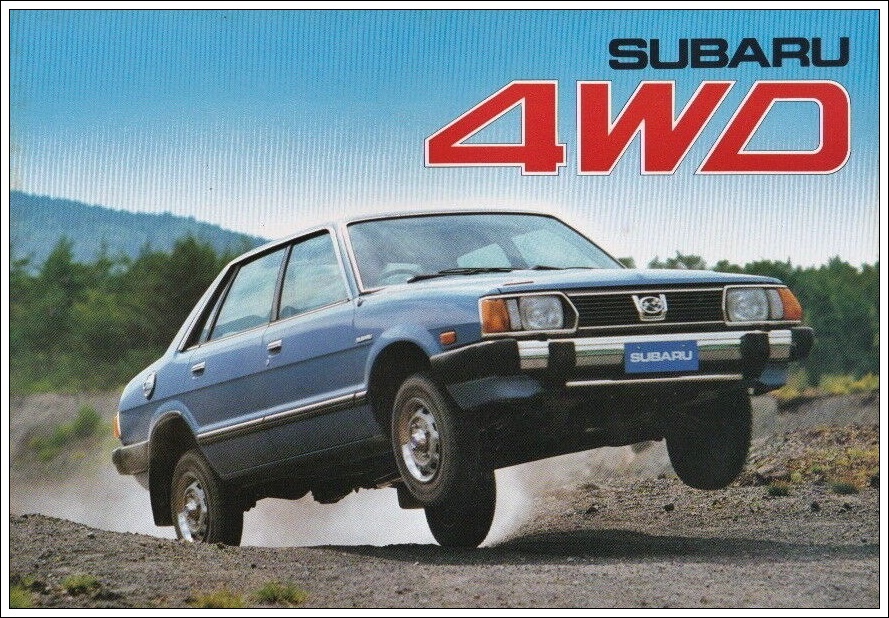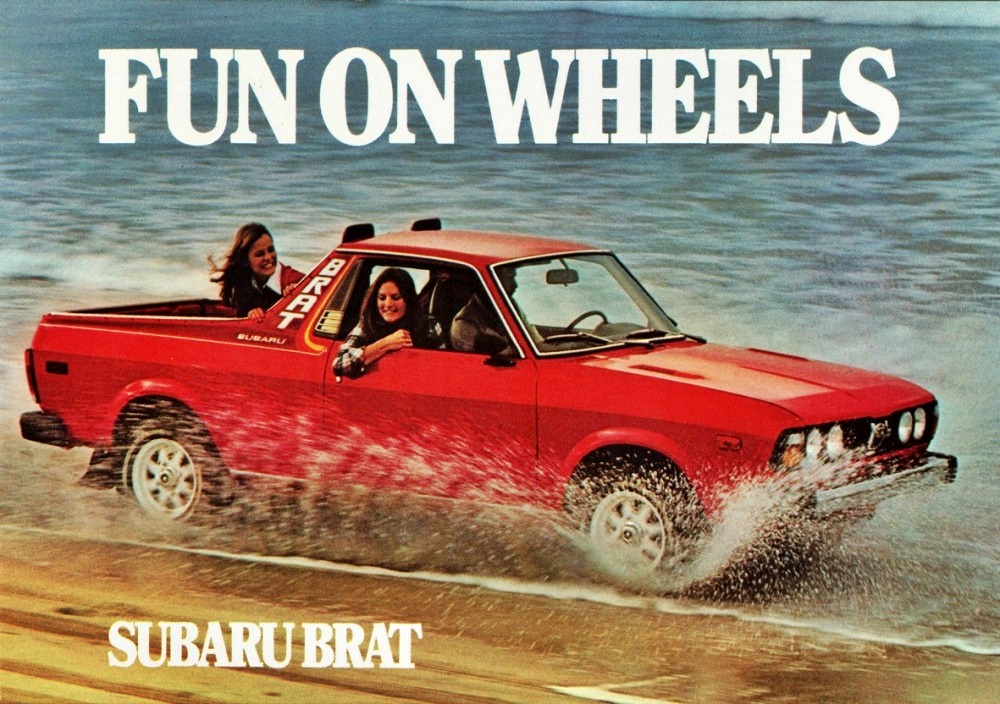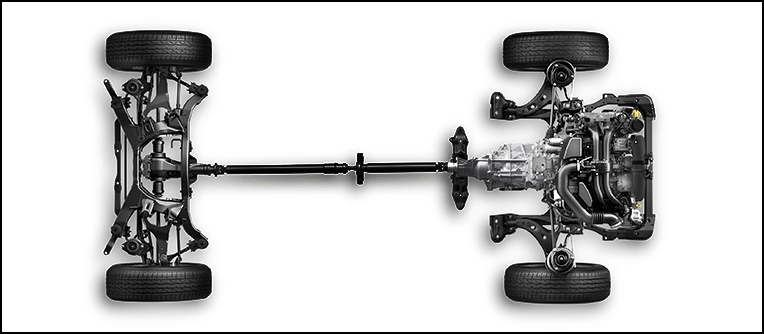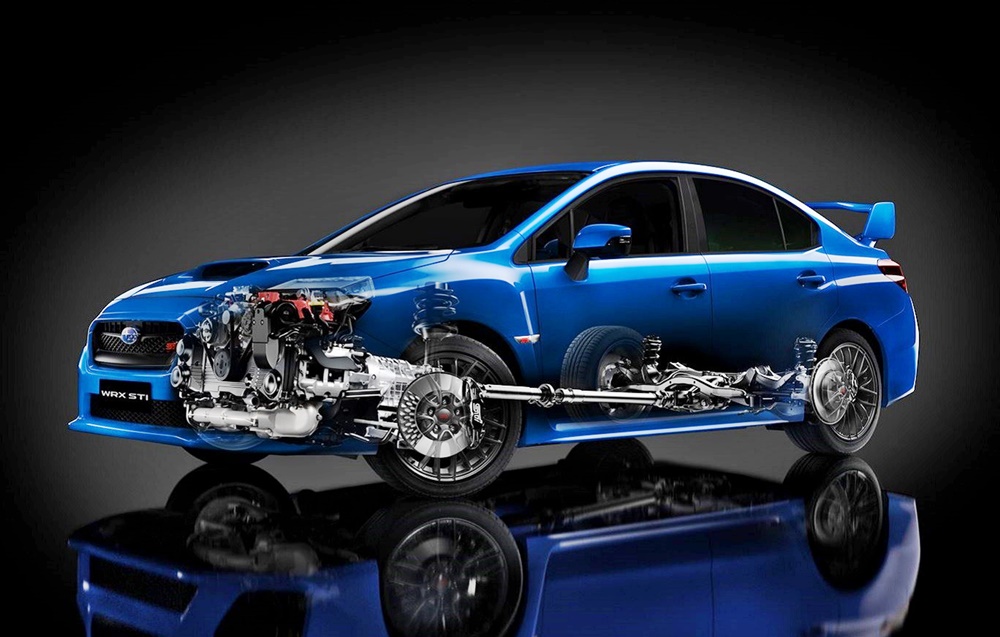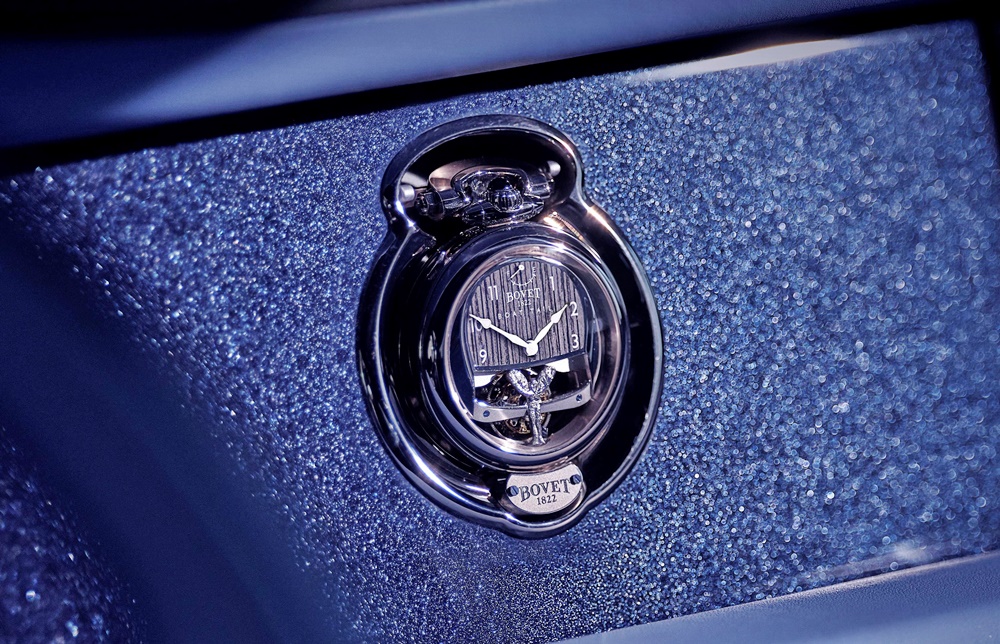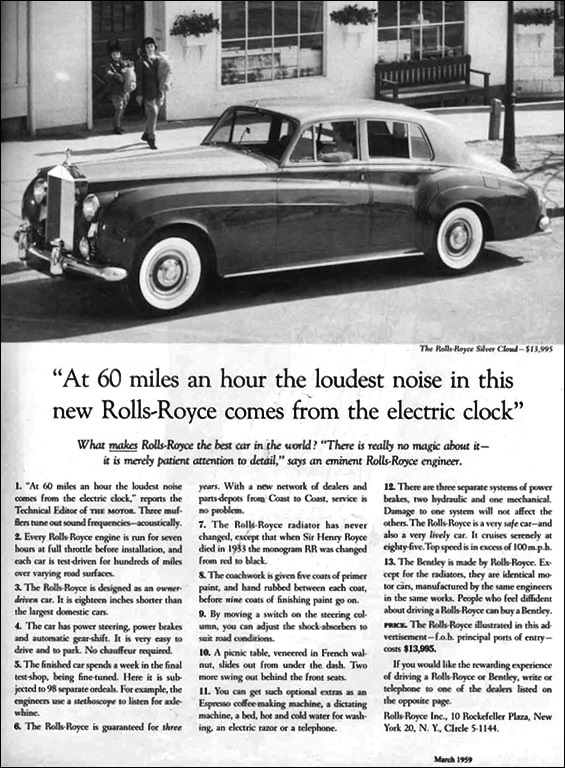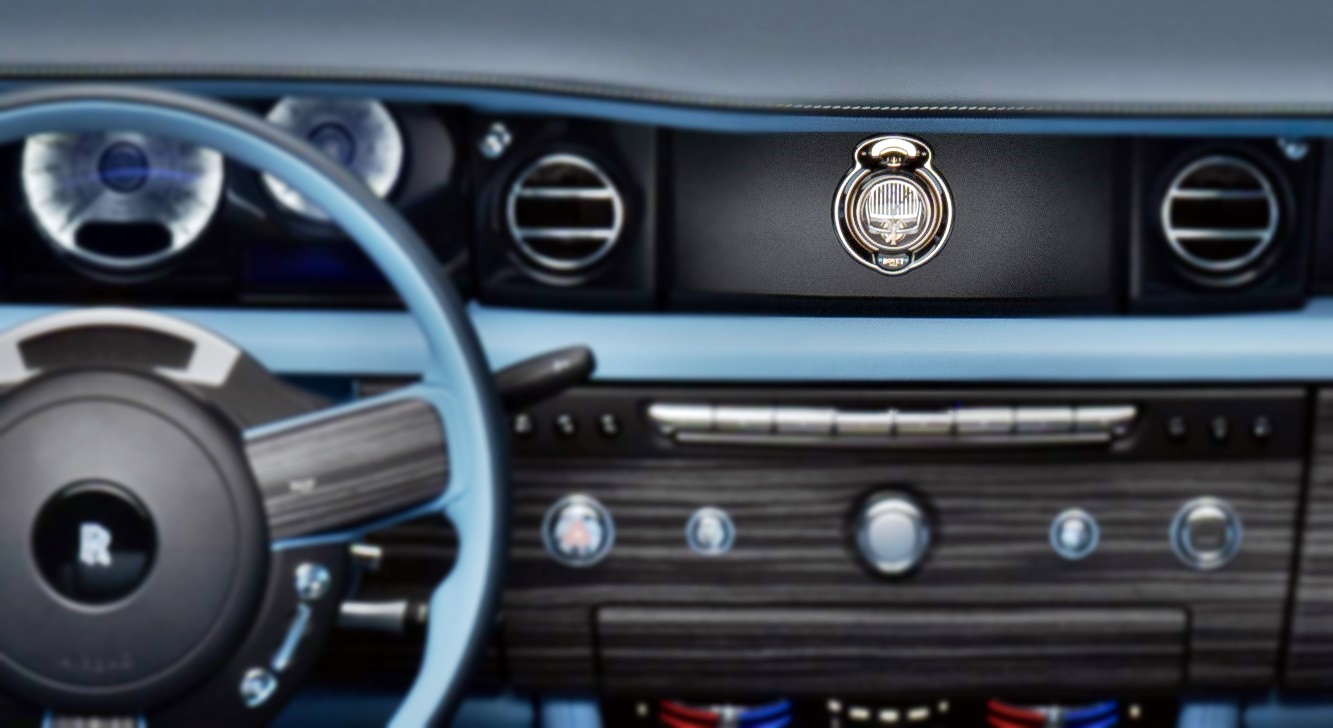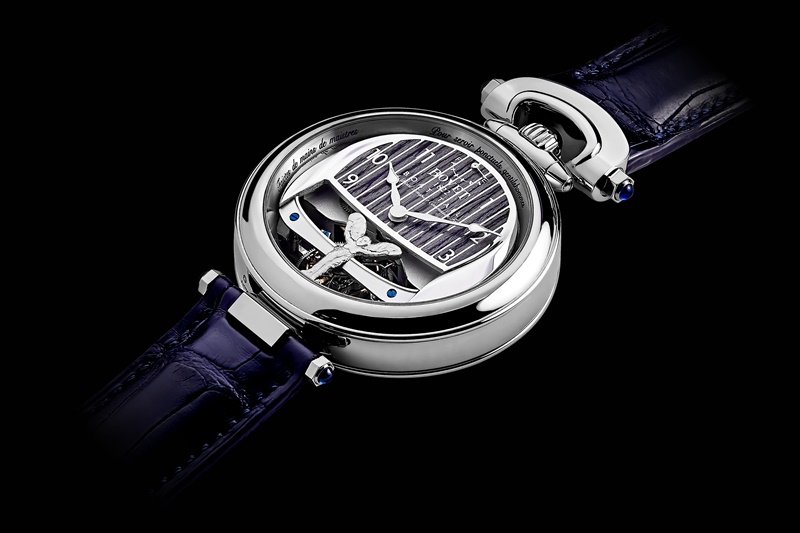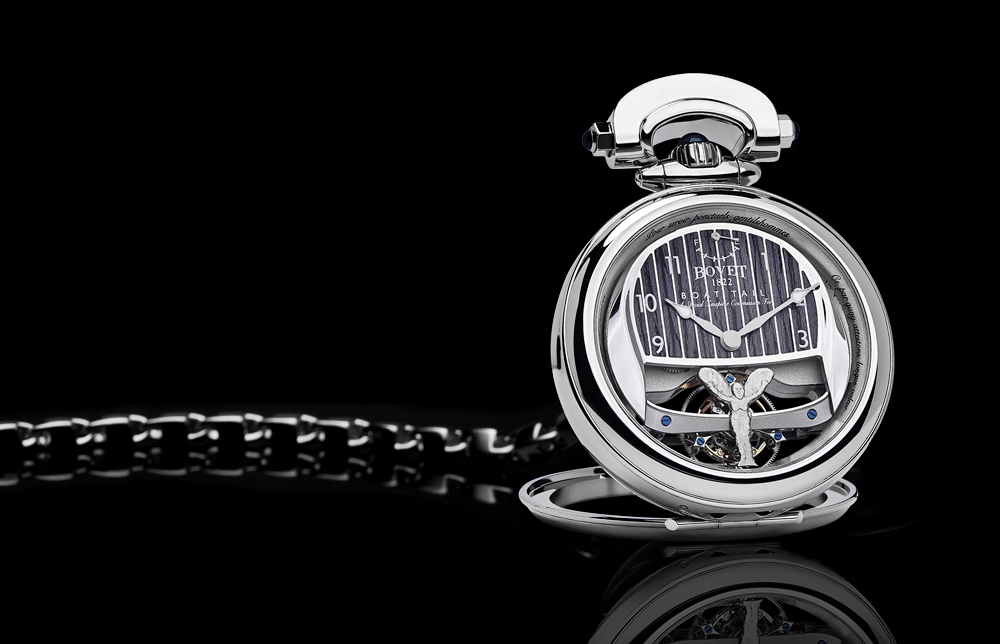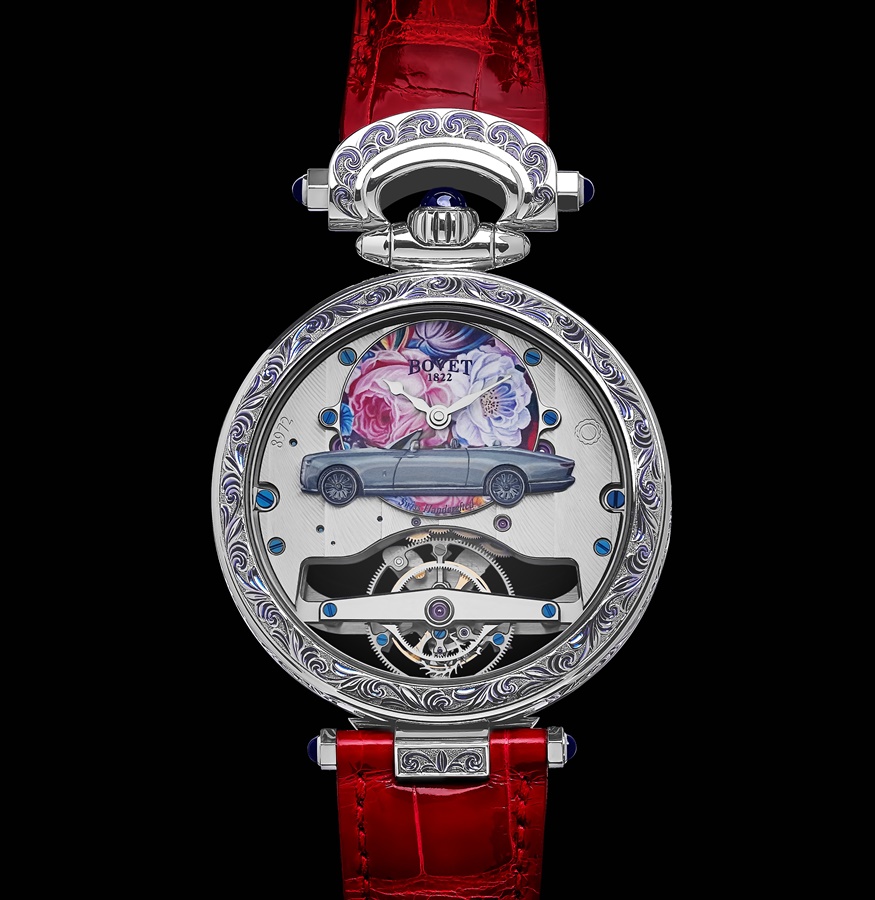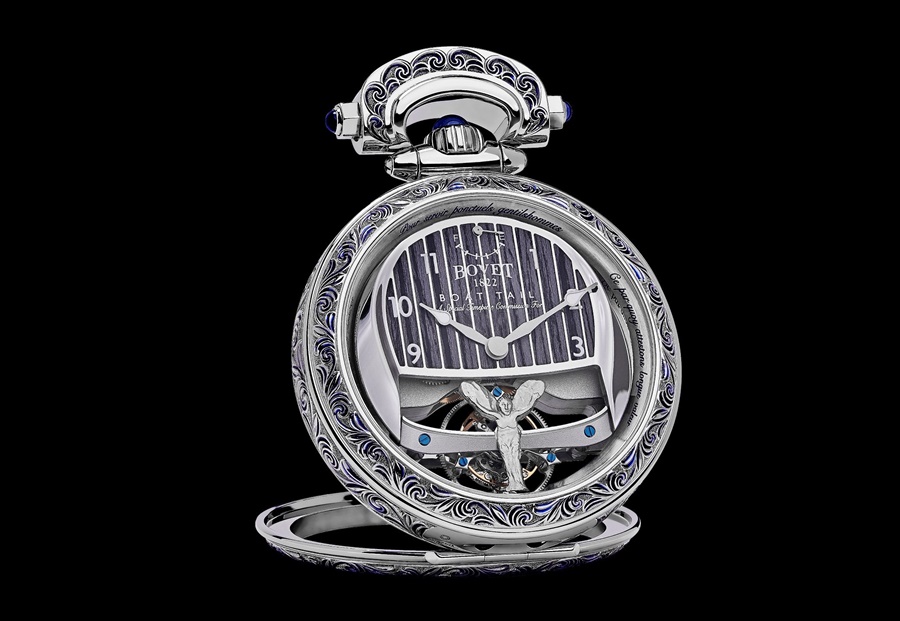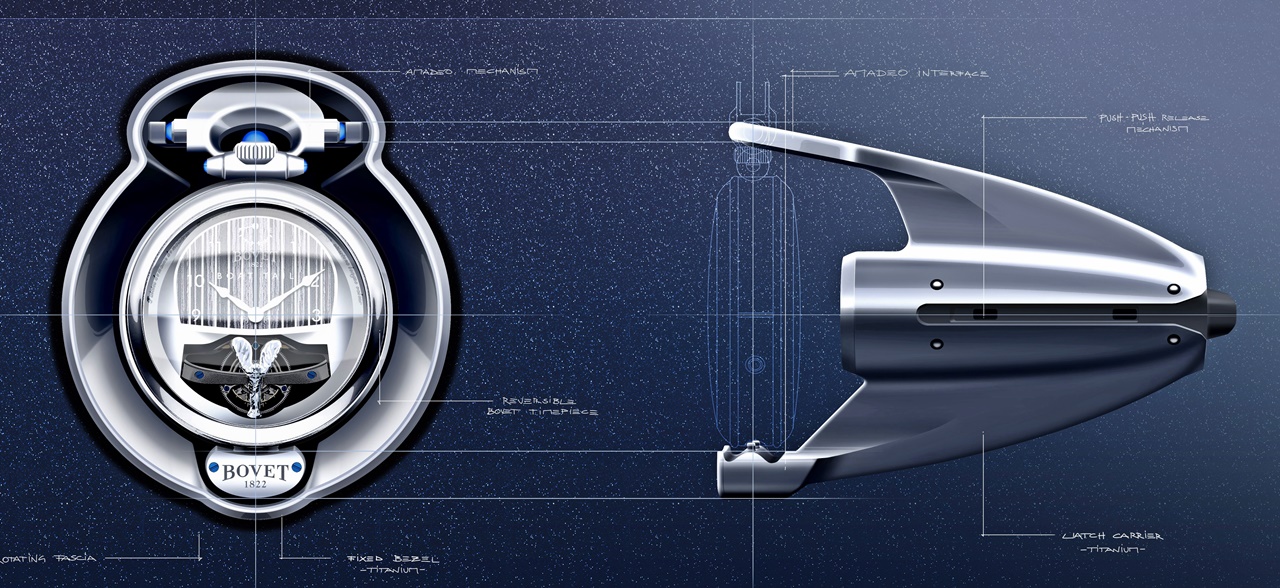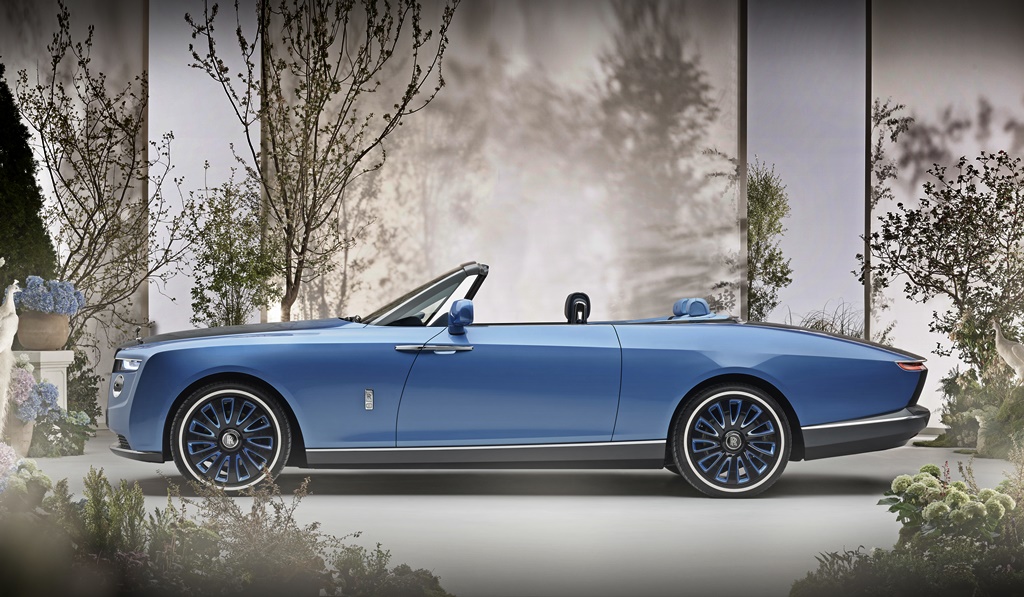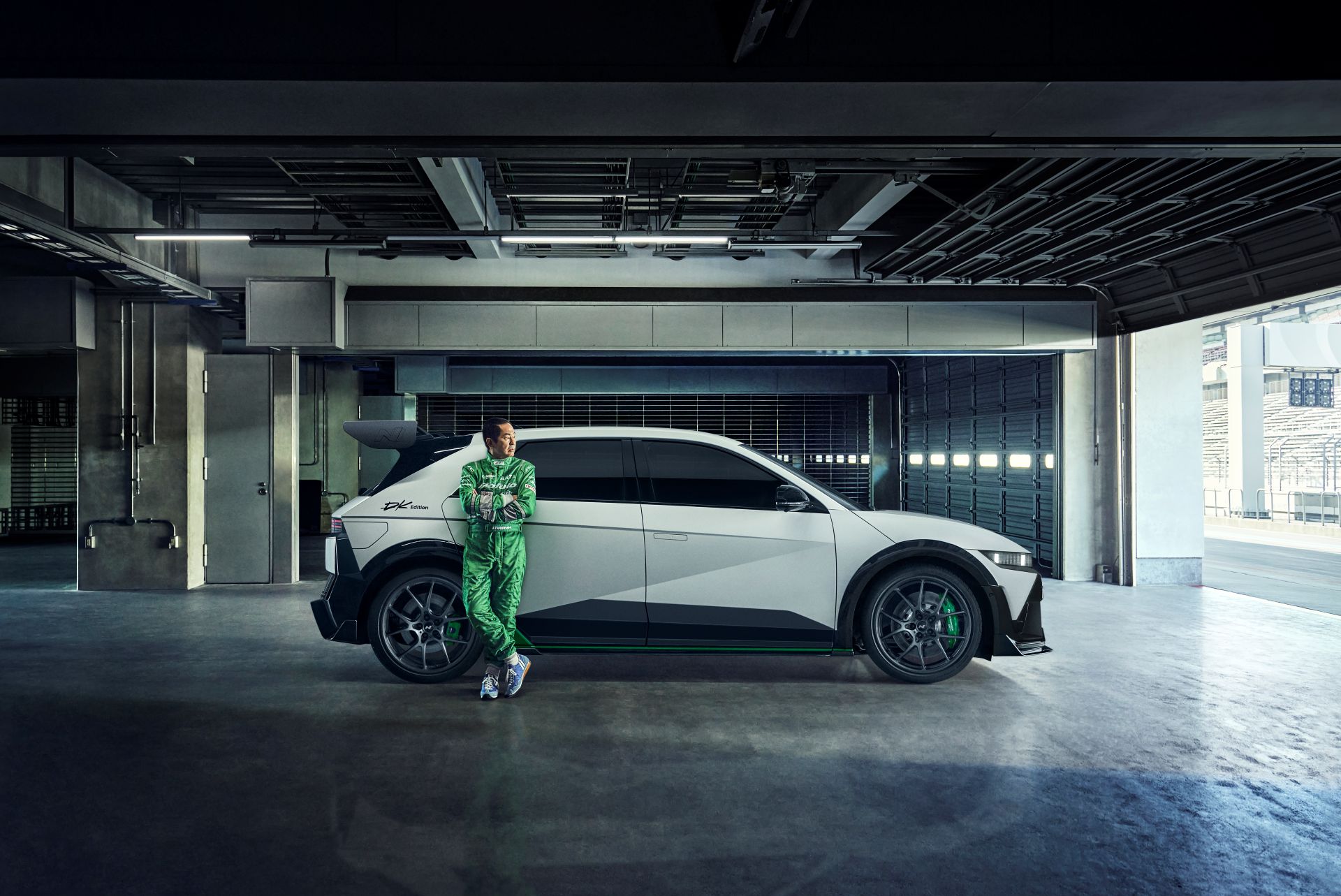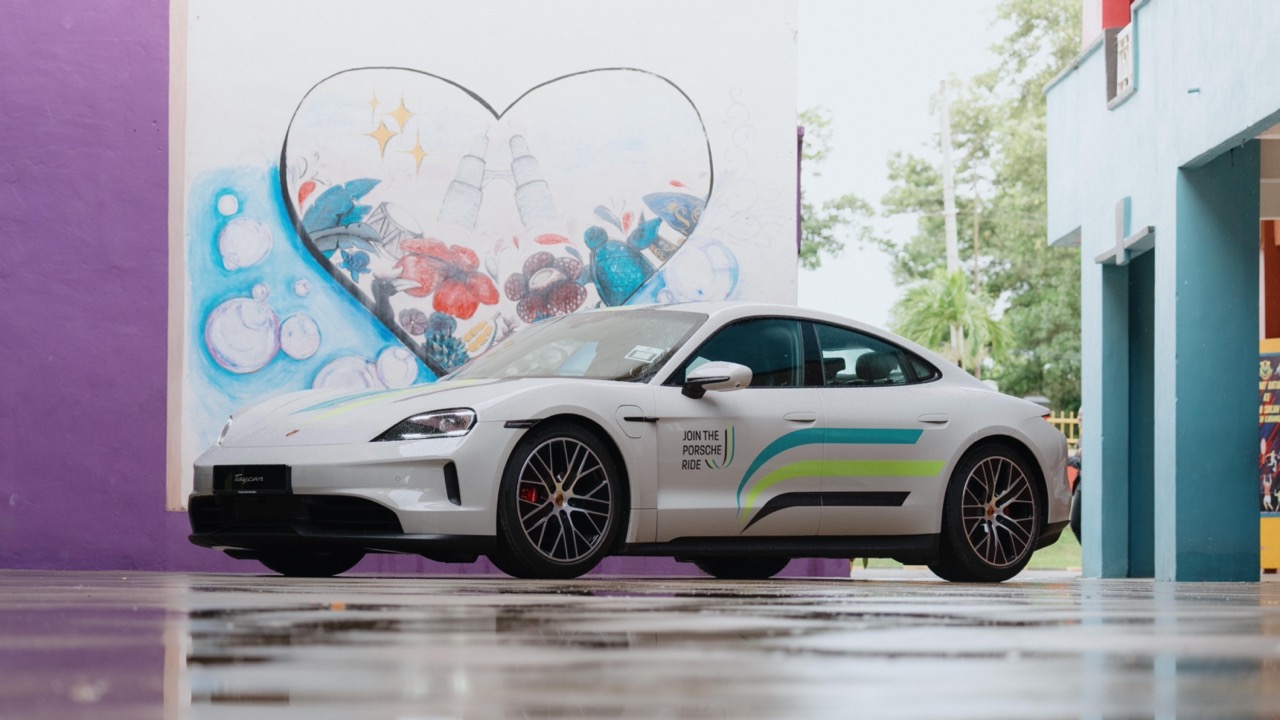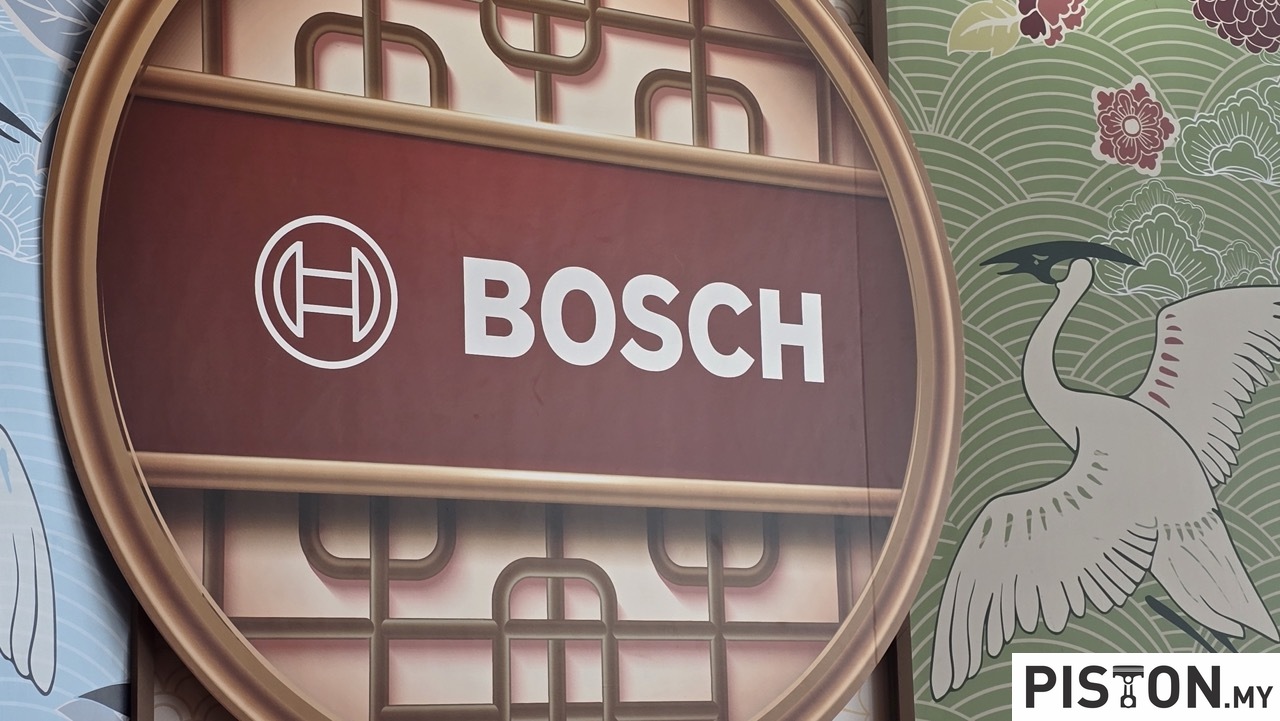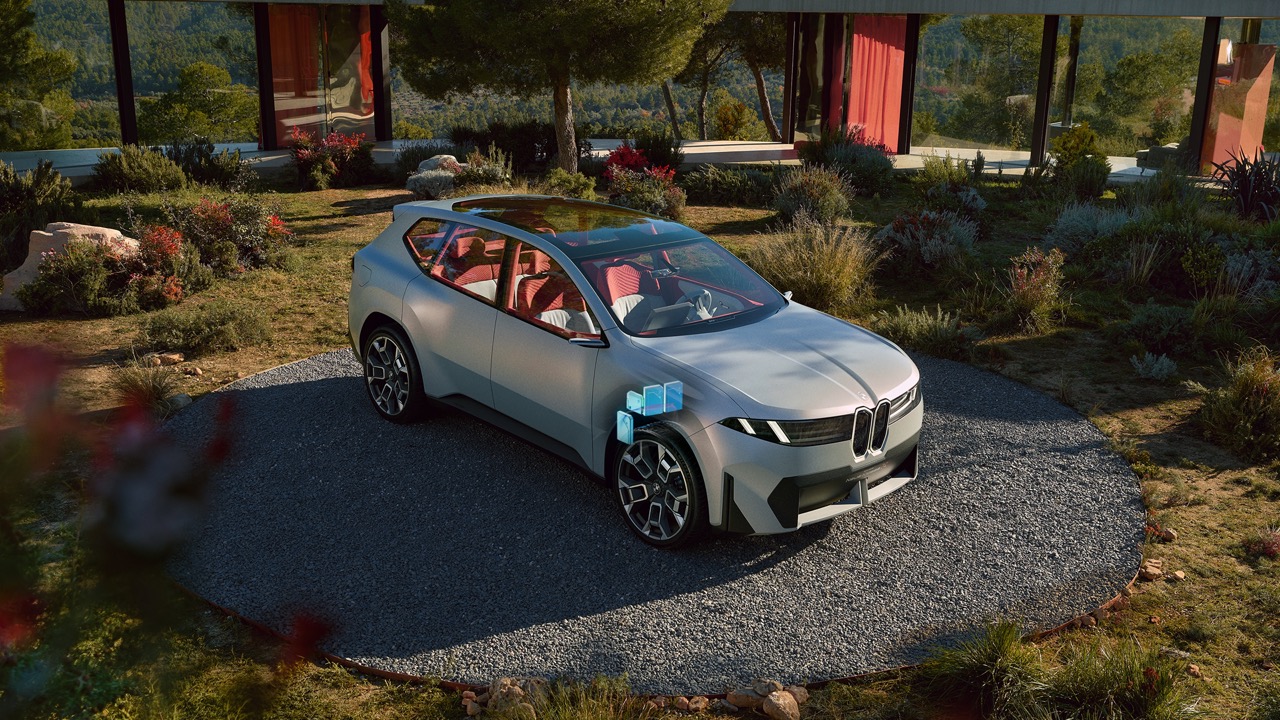Rolls-Royce has been associated with world speed records on both land and water for more than a century. But while the exploits of people like Sir Malcolm Campbell are well documented and widely known, there is one British hero who set records using Rolls-Royce engines who has been largely overlooked by history. Captain George Eyston was his name and his extraordinary car, called Thunderbolt, set 3 world land-speed records at the Bonnevile Salt Flats in the American state of Utah.
Eyston was among the first British racers to travel to the Bonneville Salt Flats when he first went there in 1935. He set new 24-hour and 48-hour endurance speed records, and subsequently received the Segrave Trophy, awarded to ‘the British national who demonstrates Outstanding Skill, Courage and Initiative on Land, Water and in the Air’.
7-tonne record-breaker
In 1937, he returned to the Flats and went on to set the 3 world land-speed records with the Thunderbolt. This extraordinary machine had 3 axles, 8 wheels and weighed 7 tonnes, earning it monikers such as ‘behemoth’ and ‘leviathan’ in contemporary reports. And that was even with the body being made from aluminium and, in its original form, had a blunt, heavyset profile topped with a large triangular tailfin.
The Thunderbolt was powered by a pair of Rolls-Royce R supercharged 37-litre, V-12 aero engines, each producing well over 2,000 horsepower. Less than 20 of these engines were ever made; so rare were they that the Thunderbolt’s engines had actually been used earlier in the Schneider Trophy-winning Supermarine S6.B seaplane that would lay the foundations for the legendary Spitfire fighter aircraft of World War II.
Celebrating the dauntless, fearless, pioneering spirit
In 2021, Rolls-Royce Motor Cars has created The Landspeed Collection, consisting of both the Wraith and Dawn Black Badge, to celebrate that dauntless, fearless, pioneering spirit of Captain Eyston. It also has strong aesthetic links to the unique, otherworldly landscape of the Bonneville Salt Flats where the Thunderbolt made him, albeit briefly, the fastest man on Earth.
The Collection Car duo is presented in a specially created two-tone finish, which marries Black Diamond Metallic with a new Bespoke colour, Bonneville Blue. This specially developed hue bears particular significance to the Collection, with a colour that transitions under sunlight from light blue to silver, illustrating the reflections of both the vast sky over Bonneville and the crisp salt flats on the Thunderbolt’s aluminium body.
While rocketing over the Flats, Eyston had to hold the car on a very precise course – to deviate even slightly would be disastrous at the extreme speeds. To help him guide the car, his team painted darkened track lines on the salt surface for Eyston to follow – effectively his sole means of keeping the Thunderbolt straight at over 560 km/h.
This simple yet ingenious idea is recalled in the Landspeed Collection by a subtly perforated dark detail in the upper-centre of the steering wheel, which continues through the centre-line of the driver’s seat, accentuating the driver-focused appeal of the two cars.
The Bonneville Salt Flats may appear smooth but, in fact, they’re seamed with tiny fissures. This distinctive texture is perfectly reproduced, digitally retraced from the surface itself, in the wooden veneer of Landspeed Collection’s fascia and console lids.
Environmental references in the cabin
The interior references continue with the Thunderbolt’s unique silhouette, and the records it achieved, depicted on the polished, anodised aluminium surface of the Landspeed Collection’s front tunnel. The Dawn Landspeed additionally celebrates Eyston’s vision with the outline of the Silver Island mountains, which dominate the Bonneville horizon, engraved on the upper ‘waterfall’ between the rear seats.
According to the history books, Eyston’s third and final land-speed record of 357.497 mph (575.57 km/h) stood for 341 days. In the new Collection Cars, it is commemorated for all time, engraved into the housing of the dashboard clock alongside the name ‘Bonneville’, in homage to where the record was set.
Clock recalls a solution for visibility
The Thunderbolt was originally left unpainted, which caused an unexpected problem. During the first record attempts, the photo-electric timing equipment was unable to detect the polished aluminium body against the searing white of the Salt Flats’ surface, making accurate timing impossible. Eyston’s brilliantly simple solution was to paint a large black arrow with a yellow circle on the side, to heighten visibility when travelling at great speed.
Bright yellow accents throughout the Landspeed Collection, including two-tone yellow and black bumper inserts, pay tribute to this vision. The clock’s design recounts this theme. Based on the instrument dials from the Thunderbolt, with yellow and black details, black-tipped hands are inspired by the arrows painted on the original car’s exterior.
The night sky on on September 16, 1938
The allure of the Bonneville Salt Flats draws not only record-breakers, but astronomers, too. Stargazers prize this vast, unpopulated wilderness for its exceptionally dark night skies, which create perfect conditions unspoiled by artificial light.
In the Wraith Landspeed, the Starlight Headliner perfectly recreates the heavens as they appeared over the Flats on September 16, 1938, the date on which Eyston and his Thunderbolt set their third and final world land-speed record. The constellations are precisely marked using 2,117 individually placed fibreoptic ‘stars’, the largest number of stars in a Rolls-Royce Wraith Starlight Headliner ever featured.
Eyston’s military honours are marked in both the Wraith and Dawn Landspeed with a subtle detail in the driver’s door, made in the same Grosgrain weave silk and colours to match the original medal ribbons. The armrests on both the passenger side and below the ribbon detail are specially padded to give them the comfortable ‘club armchair’ quality that Eyston favoured in his driving seats, much to the amusement of his fellow racers.
Production of Landspeed Collection cars is strictly limited to just 25 units of the Dawn and 35 of the Wraith, all of which have already been reserved by customers.
The Starlight Headliner – Bringing the starry sky inside a Rolls-Royce




